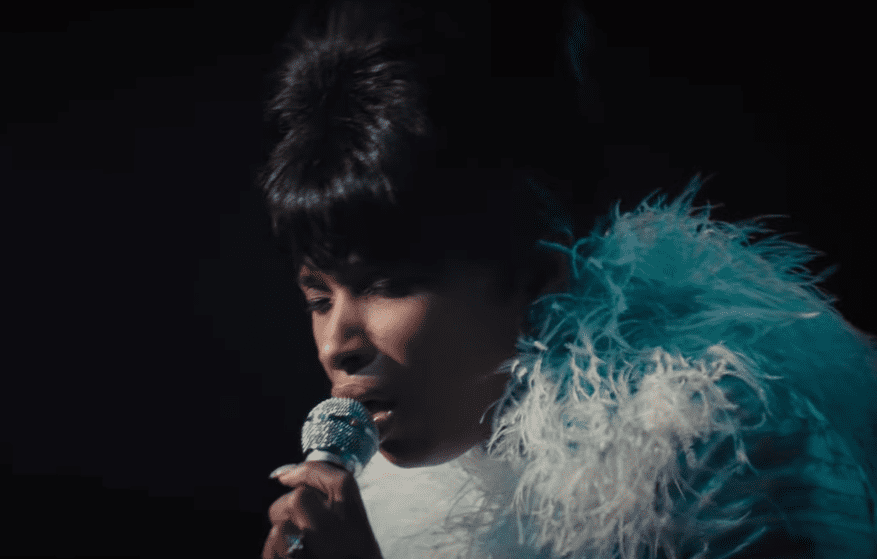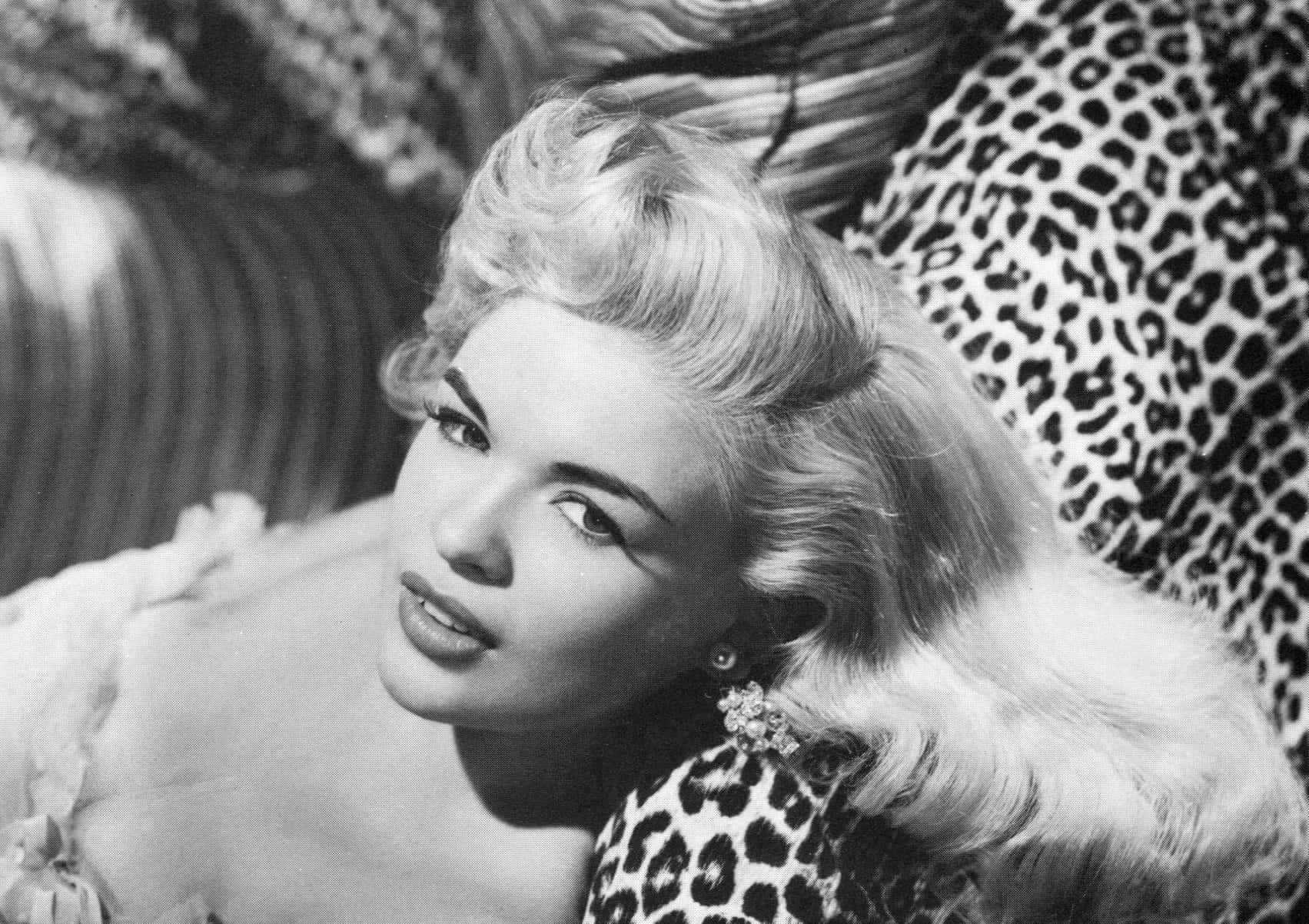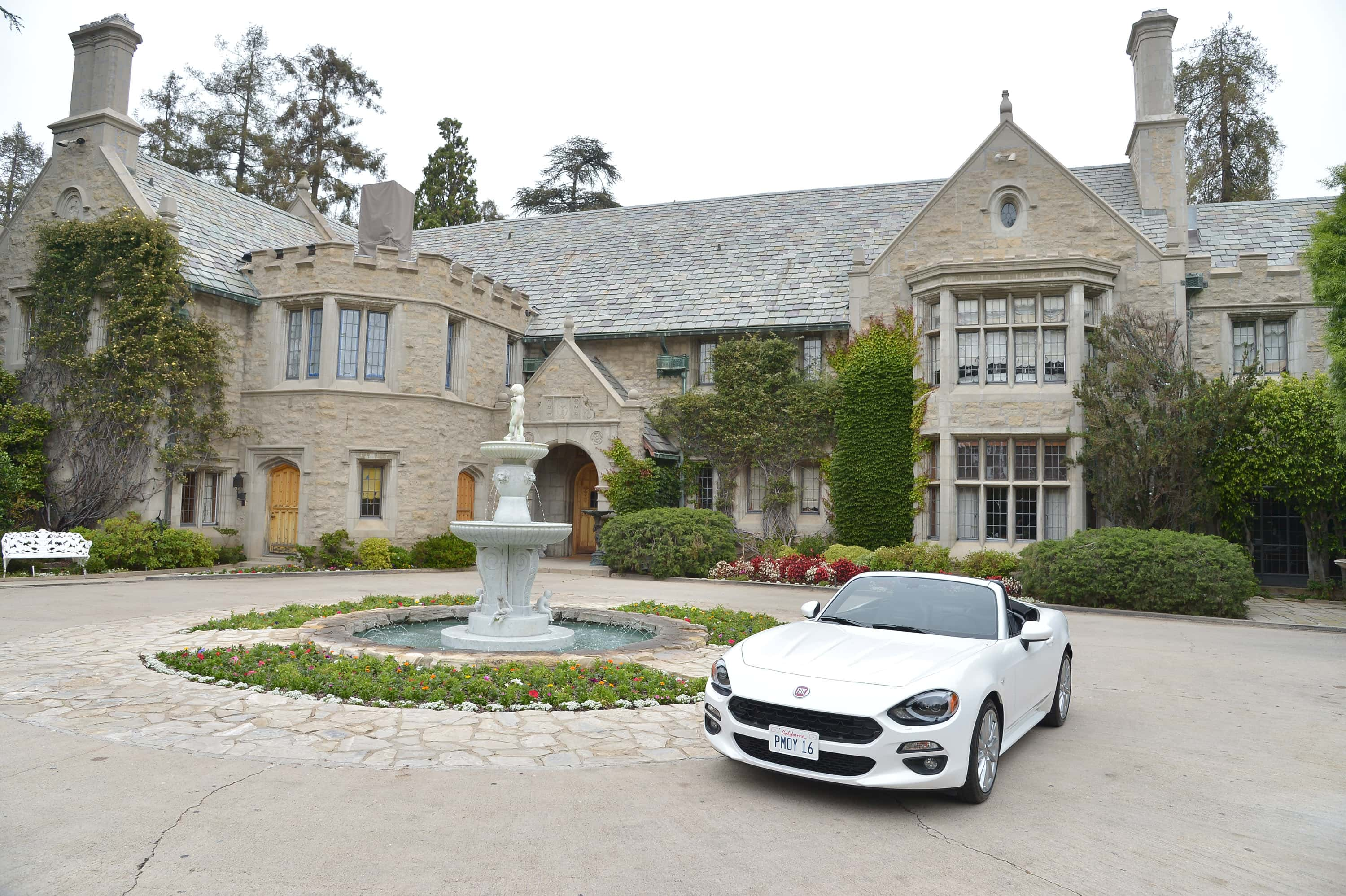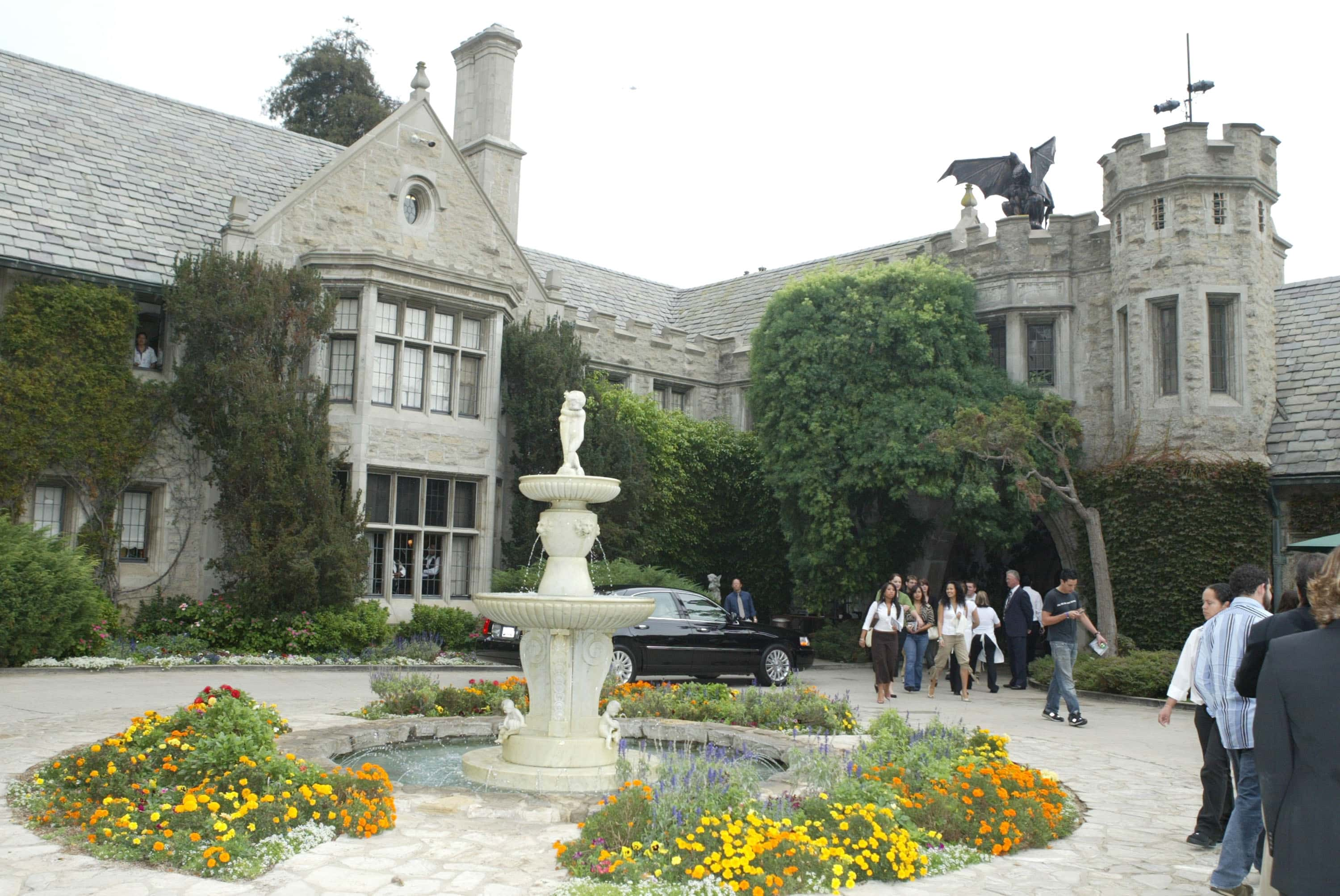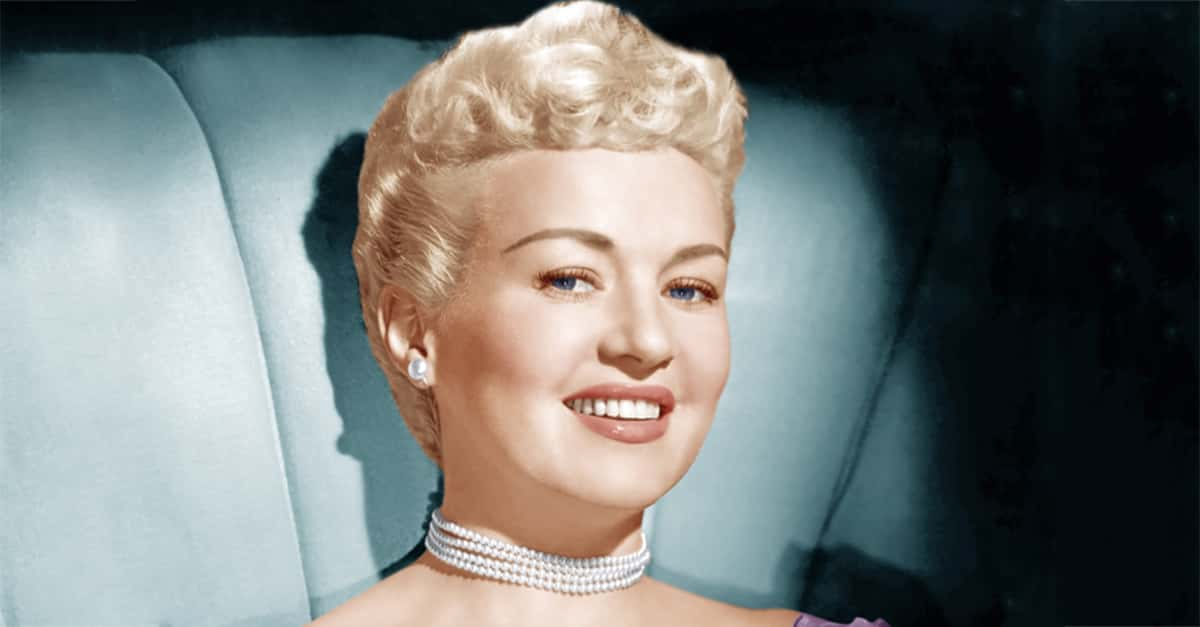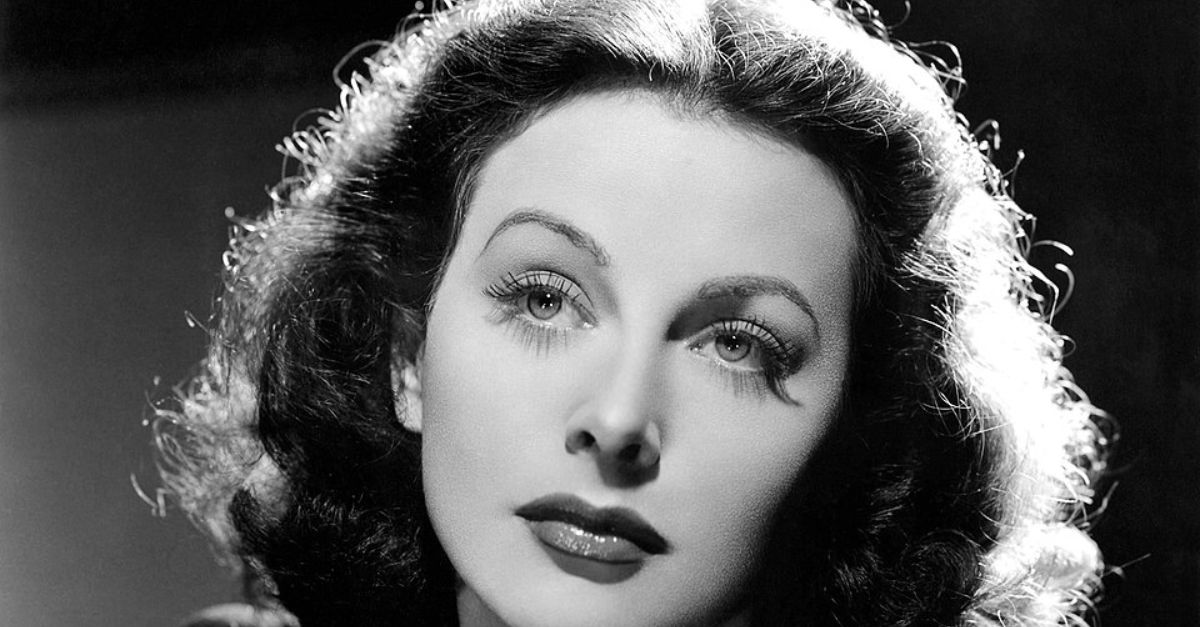Who Was The Real Hugh Hefner?
Hugh Hefner fought hard for the rights of minorities and oppressed groups, but in recent years he's come under fire as more and more about the dark side of his Playboy lifestyle has come to light. So, who was the real Hugh Hefner? The truth is complicated.
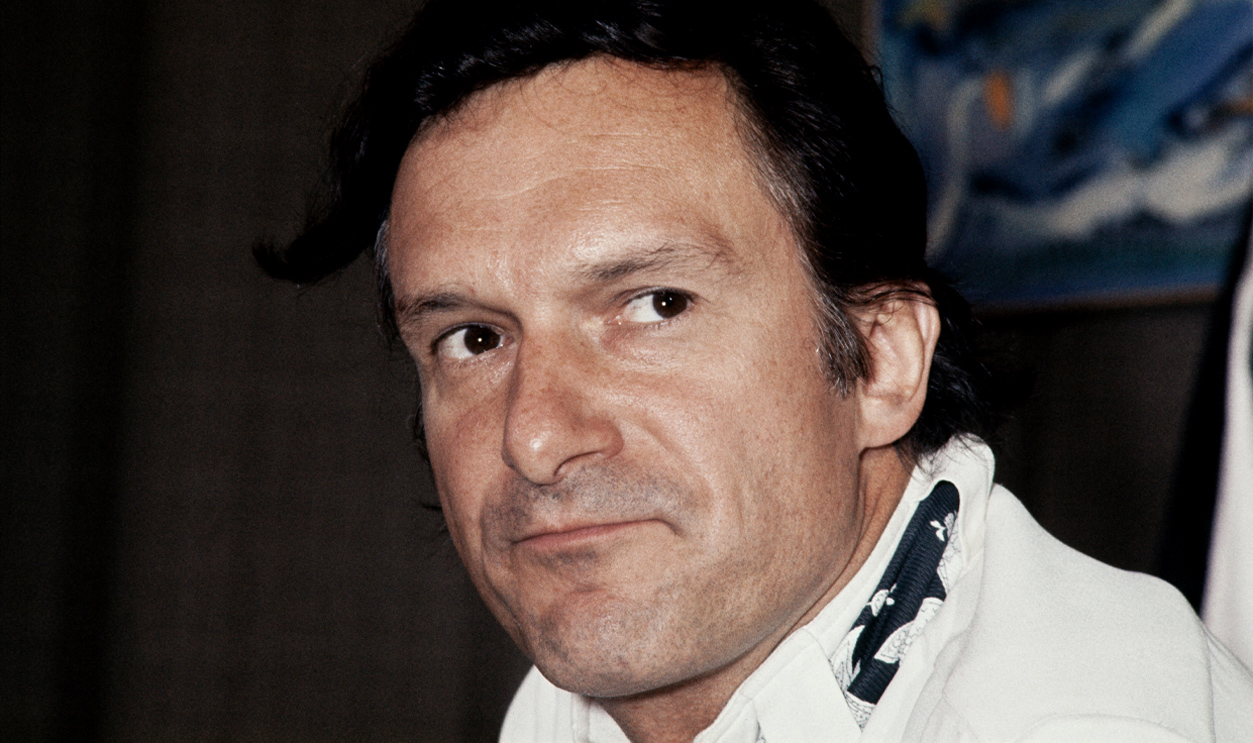
1. He Was From Another Time
Hugh Hefner is a modern pop culture icon, so it's easy to forget that he was a man of another time. Born in 1926, he grew up in Chicago with his parents, Glen and Grace Hefner. He had one younger brother, Keith. His stern upbringing had little bearing on what Hefner would become.
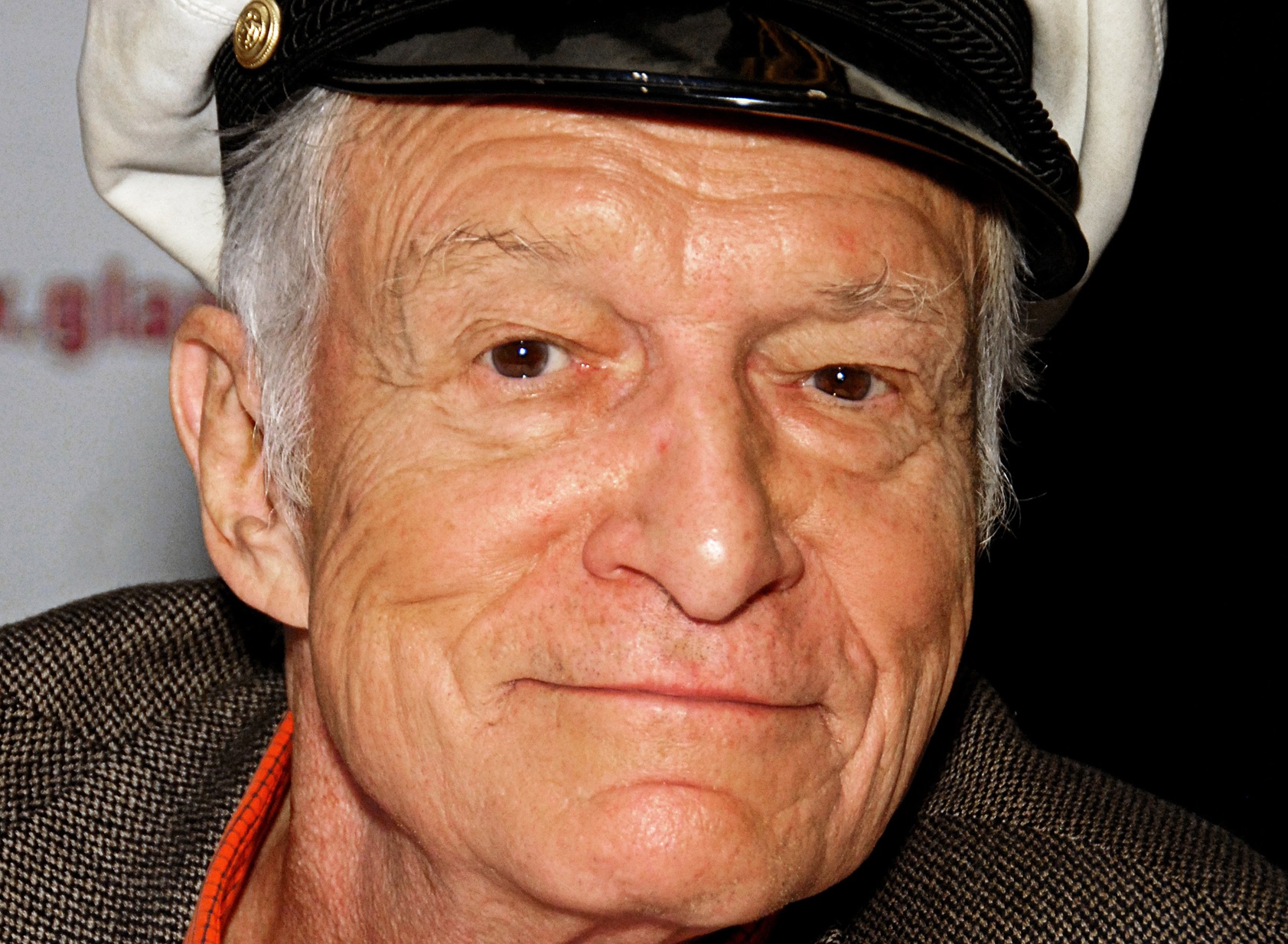 Toglenn, CC BY-SA 3.0, Wikimedia Commons
Toglenn, CC BY-SA 3.0, Wikimedia Commons
2. He Grew Up Conservative
The truth is that Hefner grew up in a conservative family. When asked about his family, Hefner described them as, “conservative, Midwestern, [and] Methodist”. While they were raising a young Hefner, they had no idea what he would grow up to become. His mother wanted her son to become a missionary.
But that was never in the cards for Hugh Hefner.
3. He Saw Conflict
In 1944, Hefner was 18 years old, and like many men his age, he decided to join his countrymen fighting overseas in WWII. He enlisted and soon completed basic training with modest success. He ended up serving as an infantry clerk, writing for a military newspaper, but fighting ceased before he saw any actual combat.
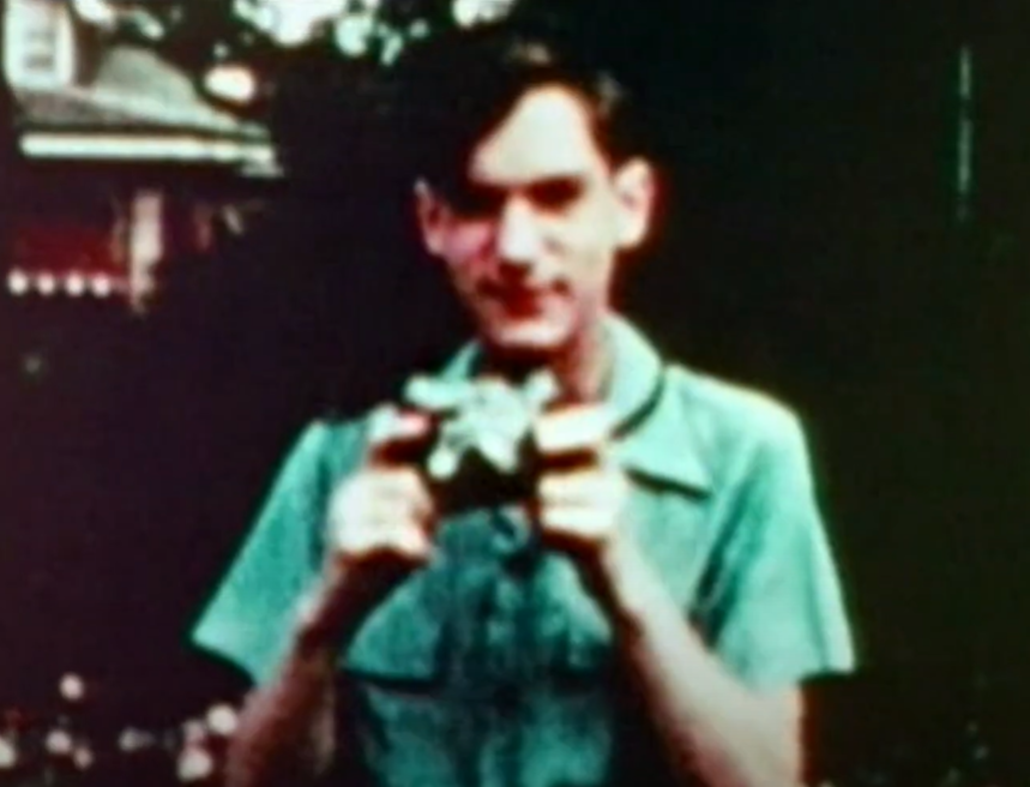 Documental "Hugh Hefner, Playboy, activista y rebelde", Joseantrule
Documental "Hugh Hefner, Playboy, activista y rebelde", Joseantrule
4. He Had Old Fashioned Beliefs
Believe it or not, the future Playboy had a sweetheart back home while he was in the service. Hefner and Mildred “Millie” Williams had been together for several years, and he adored her. As suited to his “methodist” upbringing, Hefner was “saving himself” for his sweetheart.
The problem was that Millie had other plans in mind.
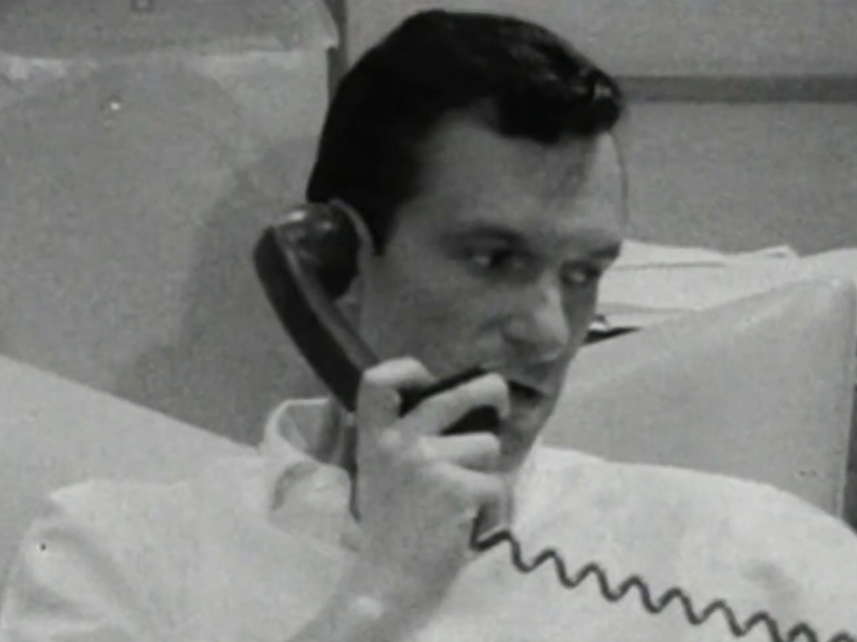 Documental 'Hugh Hefner, Playboy, activista y rebelde', Joseantrule
Documental 'Hugh Hefner, Playboy, activista y rebelde', Joseantrule
5. He Was In The Dark
Following the conclusion of WWII, Hefner returned home to his life. He went back to school, studying at the University of Illinois Urbana-Champaign with a focus on psychology, creative writing, and art. He also returned to his relationship with Williams, proposing to her and planning a future.
The whole time he was unaware that Williams was carrying a secret.
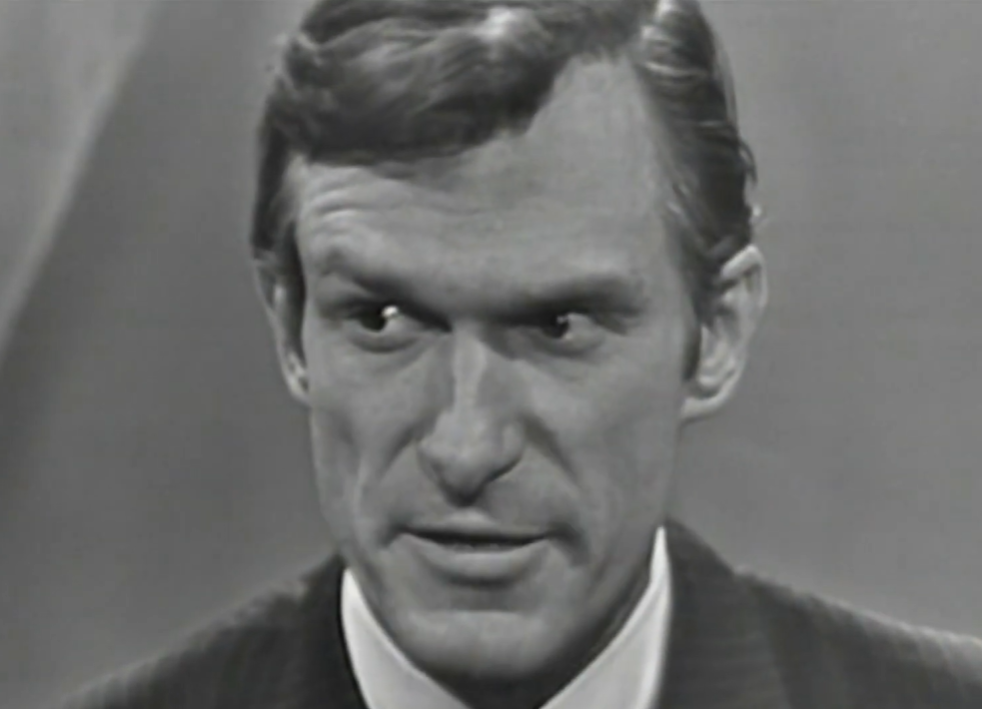 Documental 'Hugh Hefner, Playboy, activista y rebelde', Joseantrule
Documental 'Hugh Hefner, Playboy, activista y rebelde', Joseantrule
6. His World Shattered
In 1949, Hefner graduated from university. He and Williams were also set to marry. Hefner’s entire life was stretching before him—then Williams tore it all down. Before the wedding, Williams finally confessed the secret that had been weighing on her: She had had an affair while Hefner was away in service.
Hefner’s entire world shattered.
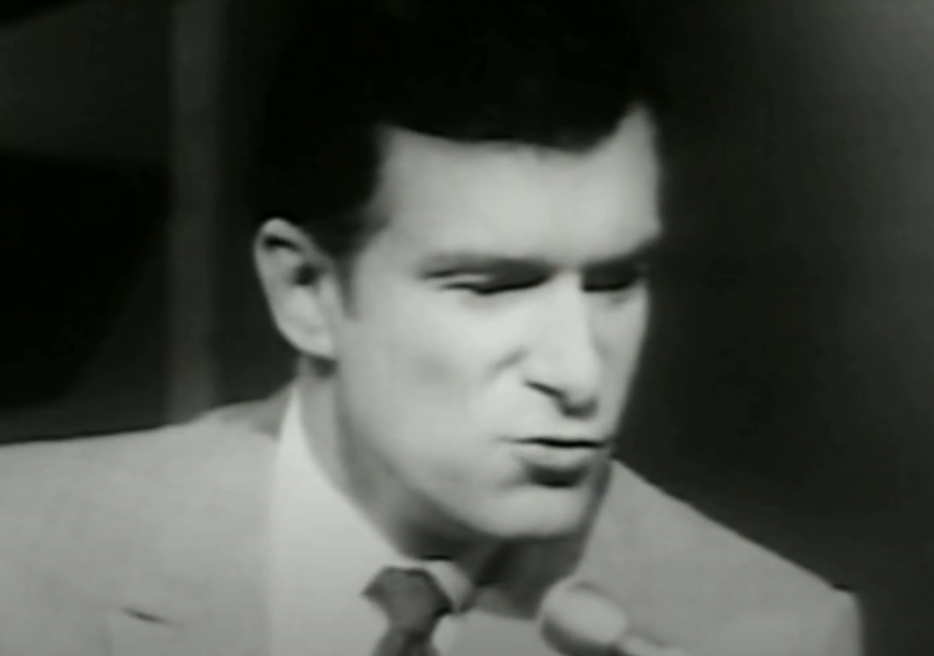 Documental 'Hugh Hefner, Playboy, activista y rebelde', Joseantrule
Documental 'Hugh Hefner, Playboy, activista y rebelde', Joseantrule
7. He Was Made By A Lie
One can’t help wondering what our world might have looked like if Williams had remained faithful to Hefner. However, that’s a question that will never have an answer. Despite calling it “the most devastating” moment of his life, Hefner and Williams went through with their wedding.
Their marriage, however, would be forever tainted by Williams’ infidelity.
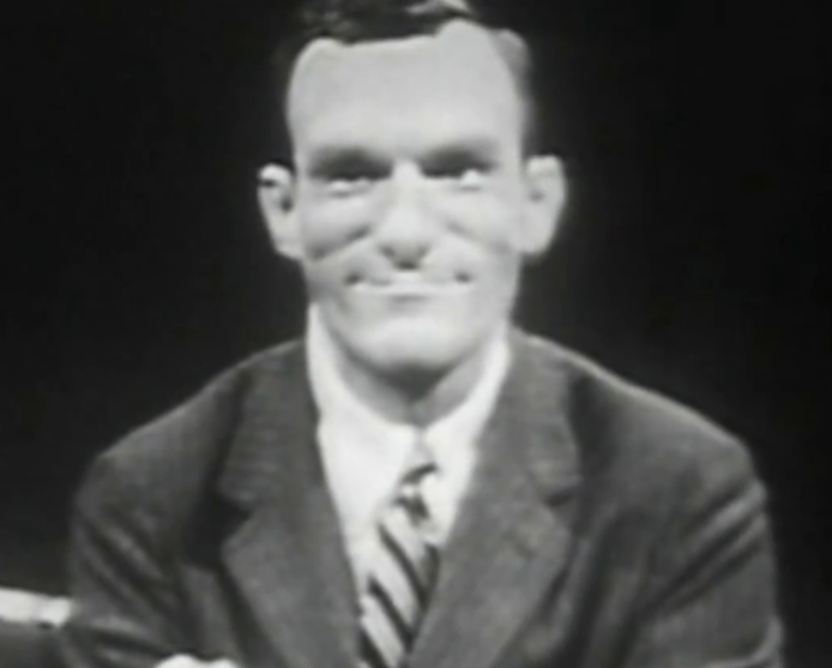 Documental 'Hugh Hefner, Playboy, activista y rebelde', Joseantrule
Documental 'Hugh Hefner, Playboy, activista y rebelde', Joseantrule
8. His World View Changed
The couple went on to have two children together. However, Hefner could never fully trust Williams again, and Williams could not free herself from the guilt of her actions. As a result, Hefner reported that Williams granted him permission to sleep with whomever he pleased.
It did little to save their marriage; though, perhaps, it changed Hefner’s worldview forever.
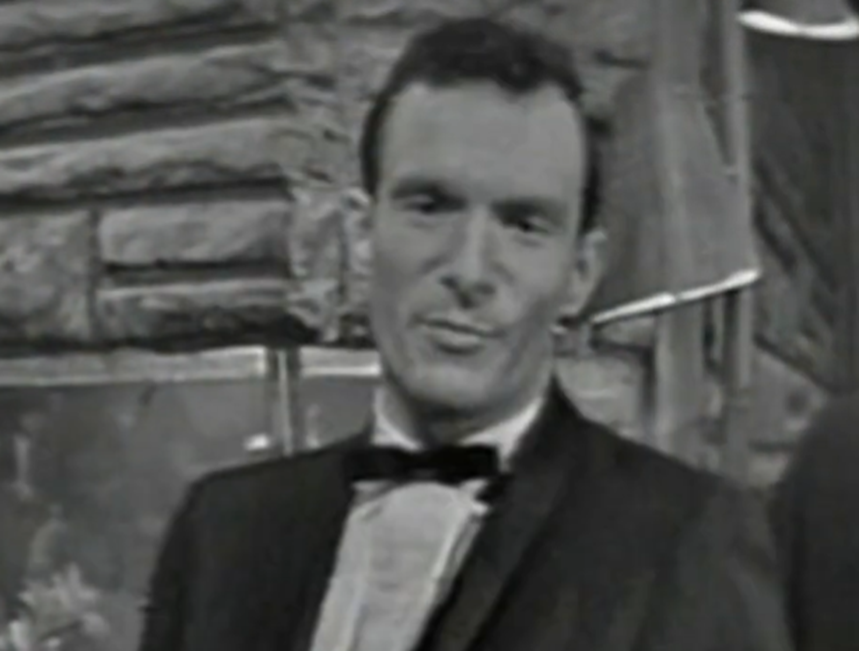 Documental 'Hugh Hefner, Playboy, activista y rebelde', Joseantrule
Documental 'Hugh Hefner, Playboy, activista y rebelde', Joseantrule
9. He Stood His Ground
In the early 1950s, Hefner was a young copywriter at Esquire magazine. It is difficult to pinpoint the exact date he started writing for the magazine; however, the day that he quit has been cemented as the day the world changed forever. It was January 1952, and a 26-year-old Hefner wanted a five-dollar raise.
Esquire refused, so Hefner quit. He had another plan in mind.
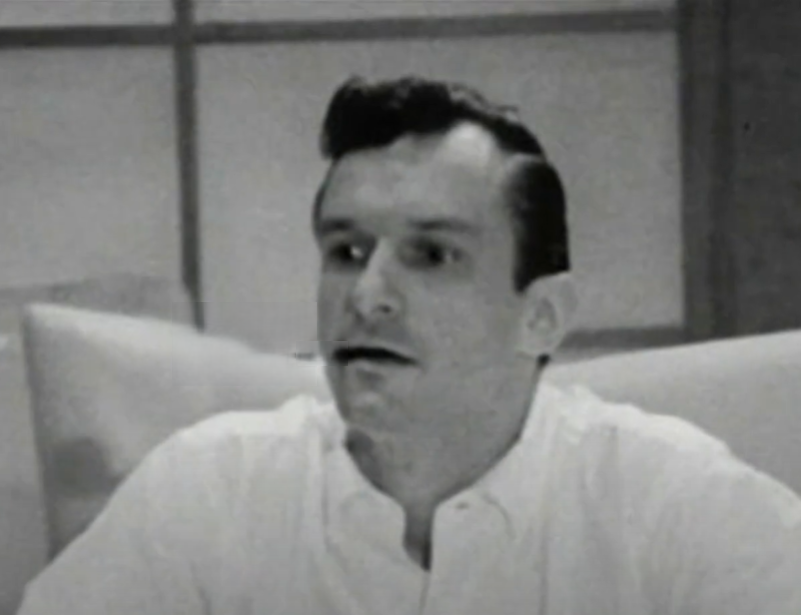 Documental 'Hugh Hefner, Playboy, activista y rebelde', Joseantrule
Documental 'Hugh Hefner, Playboy, activista y rebelde', Joseantrule
10. He Took Control
Hefner did not fear unemployment. He may have quit Esquire over a salary dispute, but he had another venture in mind already. He believed that there was a vacancy in the publishing world. Hefner felt there was a need for a high-end gentlemen’s magazine, and he was going to fill that void. He got to work.
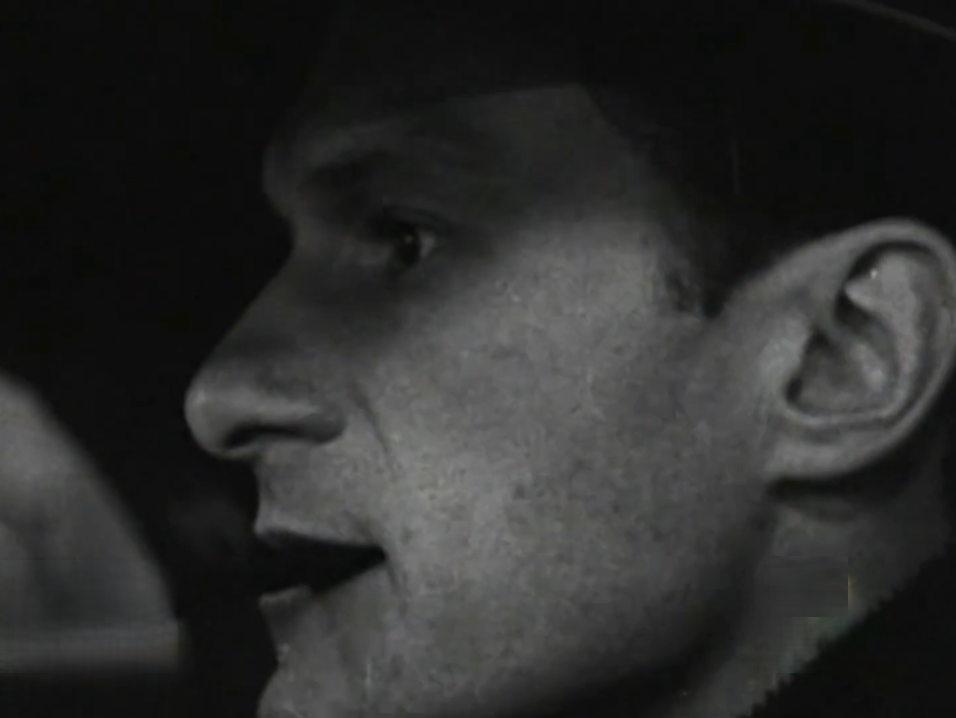 Documental 'Hugh Hefner, Playboy, activista y rebelde', Joseantrule
Documental 'Hugh Hefner, Playboy, activista y rebelde', Joseantrule
11. He Made It Happen
Hefner quit Esquire at the start of 1952. By 1953, he had raised $8,000 from investors—including his conservative, methodist mother who’d wanted him to be a minister. According to Hefner, his mother did not believe in his vision. However, she believed in her son and therefore supported him.
An additional $600 mortgage loan was all that was needed to push his vision into existence. And he hit the scene with a "bang". 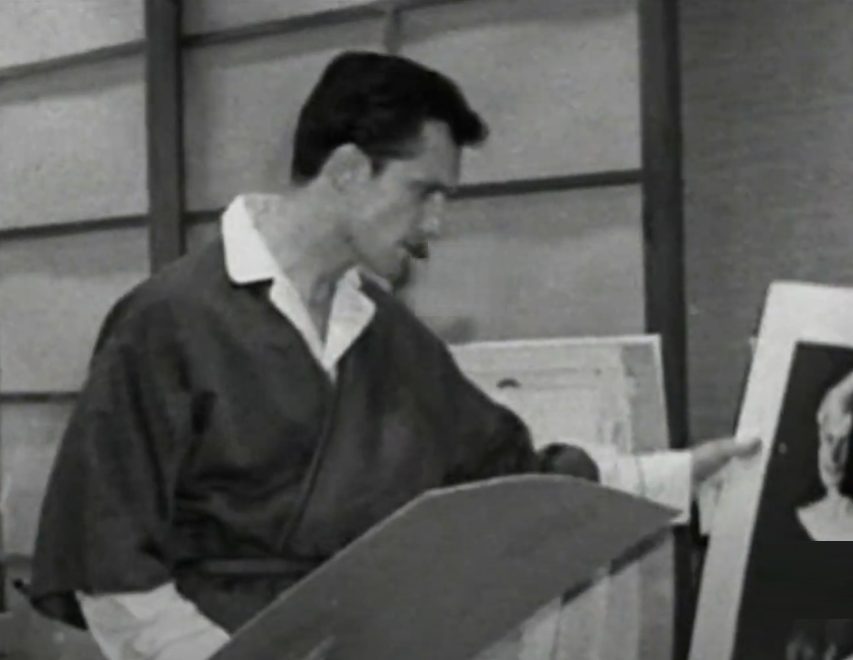 Documental 'Hugh Hefner, Playboy, activista y rebelde', Joseantrule
Documental 'Hugh Hefner, Playboy, activista y rebelde', Joseantrule
12. He Bought His Start
Despite an initial intention to call the magazine Stag Party, it was titled Playboy when the first issue hit newsstands in December 1953, just two years after Hefner started working on it. The first issue featured Marilyn Monroe herself—but they weren't original.
The photos came from a risqué calendar shoot she’d done several years earlier, and Hefner just paid for them. In fact, Monroe was never paid for the role she unknowingly played in launching the magazine’s fame, nor would Hefner ever meet her.
Though this was not the last time she’d unwillingly appear in his life.
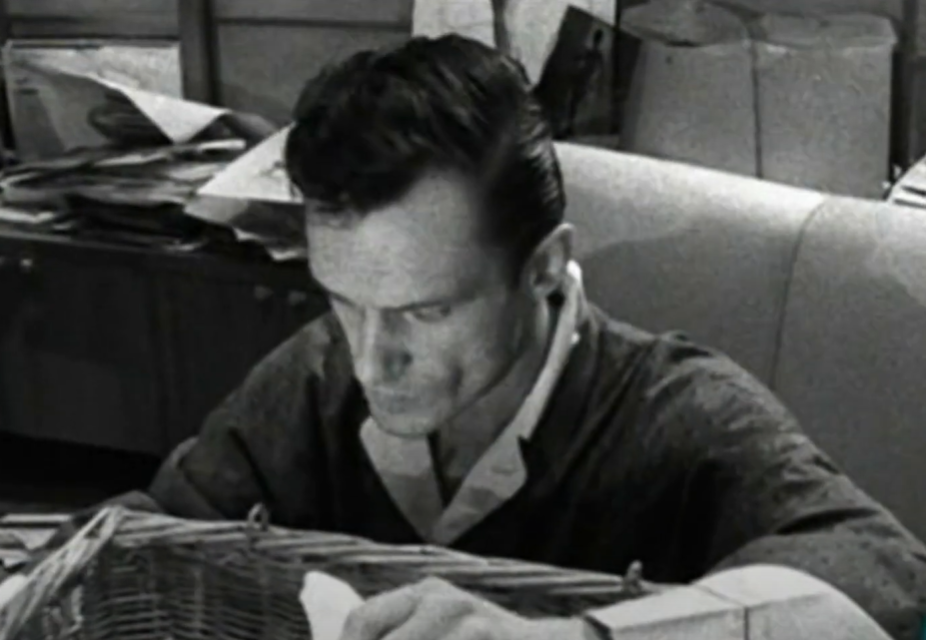 Documental 'Hugh Hefner, Playboy, activista y rebelde', Joseantrule
Documental 'Hugh Hefner, Playboy, activista y rebelde', Joseantrule
13. He Was An Instant Success
Playboy was an instant success. While the publication continued to feature risqué photos of women, it was also a platform for writing as well. Hefner was, after all, a trained journalist. In 1955, Charles Beaumont was shopping around for a home to host his short story, “The Crooked Man”.
When Hefner’s old bosses at Esquire refused, he published the story, giving it a platform—and finding early notoriety.
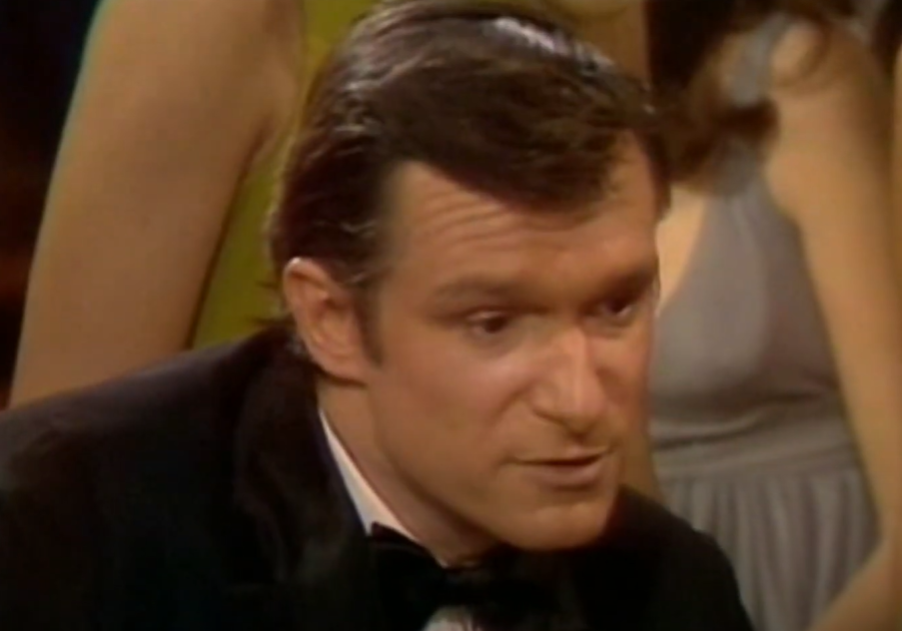 Documental 'Hugh Hefner, Playboy, activista y rebelde', Joseantrule
Documental 'Hugh Hefner, Playboy, activista y rebelde', Joseantrule
14. He Stood For Equality
Beaumont’s “The Crooked Man” was a short work of science fiction about a man being punished for being straight in a world where gay was the norm. Hefner received angry letters for publishing. His response: “If it was wrong to persecute heterosexuals in a [gay] society then the reverse was wrong, too”.
It was a surprisingly progressive response for a man who profited off of the objectification of women, but Hefner was nothing if not a man of contrast.
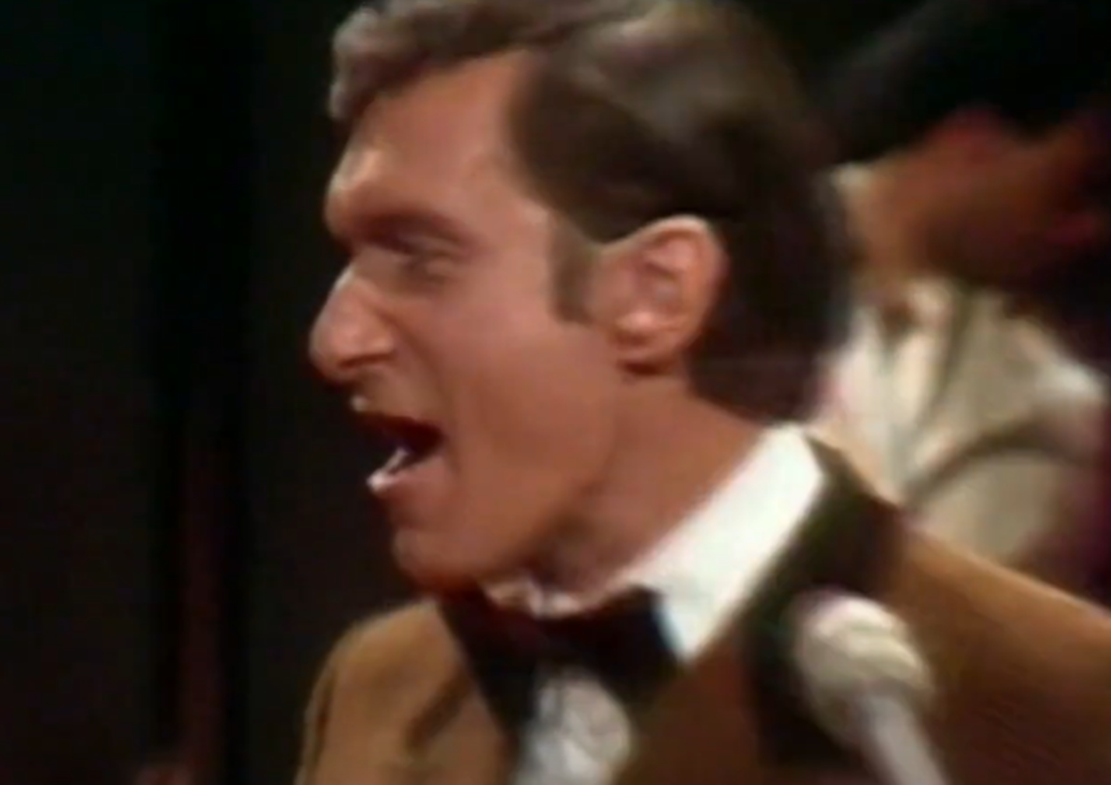 Documental 'Hugh Hefner, Playboy, activista y rebelde', Joseantrule
Documental 'Hugh Hefner, Playboy, activista y rebelde', Joseantrule
15. He Started A New Path
In 1959, Hefner and Williams had to face the fact that their marriage was at an end. The initial lie that they had started with had proven too great to survive. If Hefner felt any grief over this separation, it did not show. Instead, he continued to grow his empire, launching his first television show, that same year.
But Hef was just getting started.
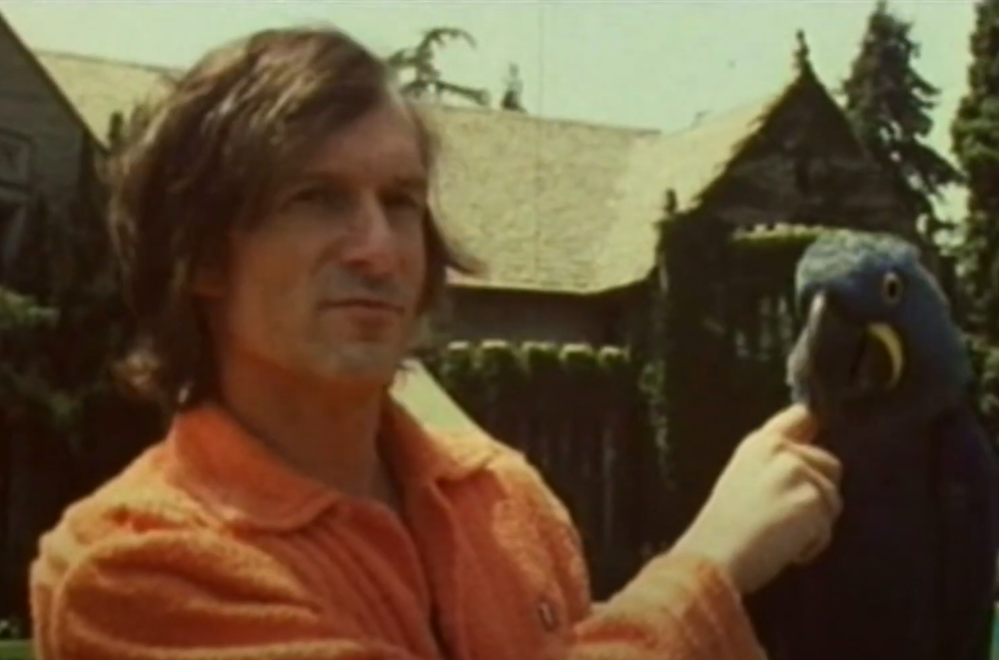 Documental 'Hugh Hefner, Playboy, activista y rebelde', Joseantrule
Documental 'Hugh Hefner, Playboy, activista y rebelde', Joseantrule
16. He Took To Television
Airing for the first time on October 24, 1959, Playboy’s Penthouse was a variety show hosted by Hefner himself. Each episode was presented as if it were a party at Hefner’s own apartment. Various “Playmates,” as well as celebrity guests, would cycle through each episode.
The design was to get the public more familiar with Hefner, but it never broke through. Its last episode aired in March 1961—but Hefner didn’t let that stop him; he kept going.
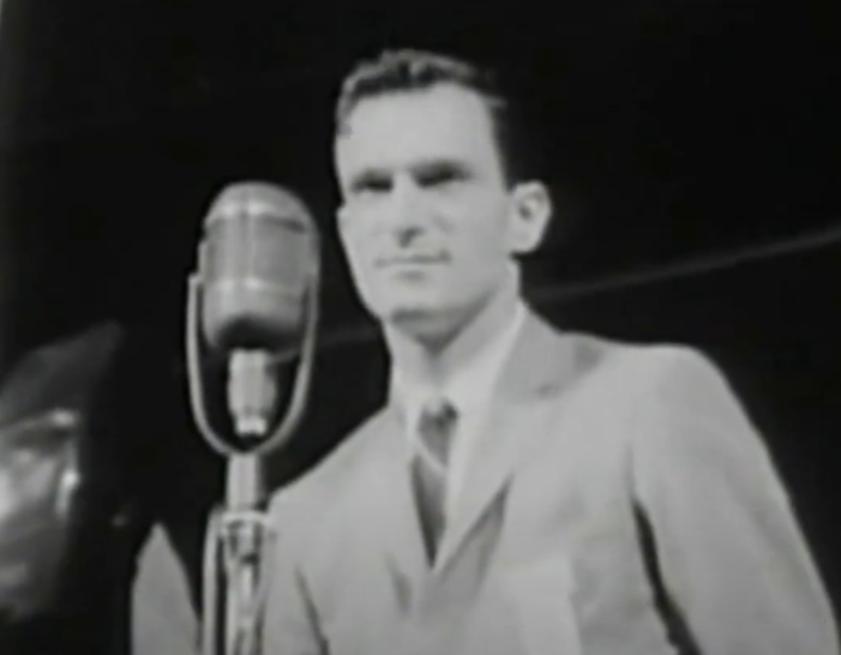 Documental 'Hugh Hefner, Playboy, activista y rebelde', Joseantrule
Documental 'Hugh Hefner, Playboy, activista y rebelde', Joseantrule
17. He Launched His Empire
It was around this time that Hefner also started another venture under the umbrella of his newly forming empire. In February 1960, he opened his first club in Chicago. The clubs featured various performers—including a 17-year-old Aretha Franklin—and scantily clad Bunnies to serve the guests.
For obvious reasons, the club was a massive hit, and throughout the next two decades, Hefner would open similar clubs all over the world.
18. He Gave People Chances
Despite making his career off of the bared backs of women (among other parts of them), Hefner continued to show activist tendencies when it came to his fellow men. In 1961, he saw Richard Gregory, a Black comedian, perform in Chicago. He liked what he saw and hired Gregory to work at his newly formed Chicago Club.
Gregory credits Hefner for launching his career. But scandal came alongside Hefner's activist tendencies.
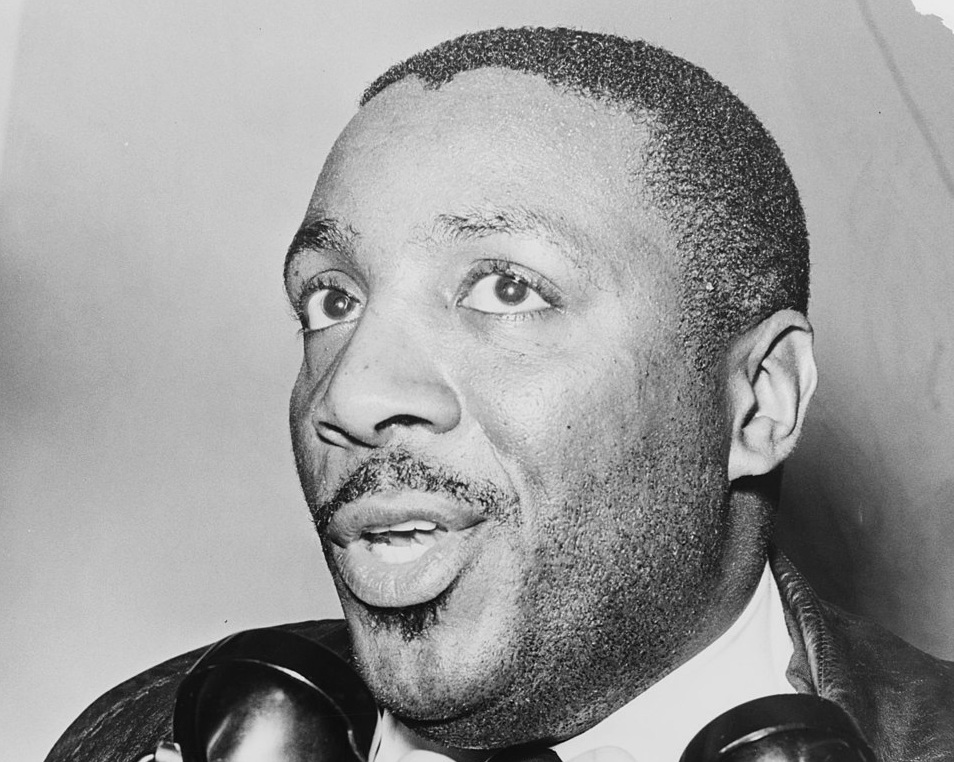 Herman Hiller, World Telegram staff photographer, Wikimedia Commons
Herman Hiller, World Telegram staff photographer, Wikimedia Commons
19. He Had Principles
Although Playboy made its name on promiscuous photos, it seemed that there were some lines that society felt Hefner shouldn’t cross. Things came to a head in 1963 when he published a series of photos featuring a clothes-less Jayne Mansfield in bed. With a man.
The authorities detained Hefner for promoting obscene literature—the magazine mogul even has the mugshots to go along with it.
20. He Was Detained
Judge Norman N Eiger issued the warrant for Hefner. Based on his review of the photos in question, Eiger deemed that there was ample cause to issue the warrant. However, he made it clear he was not stating whether the photos were art or obscenity. That was the case Hefner had to argue in court.
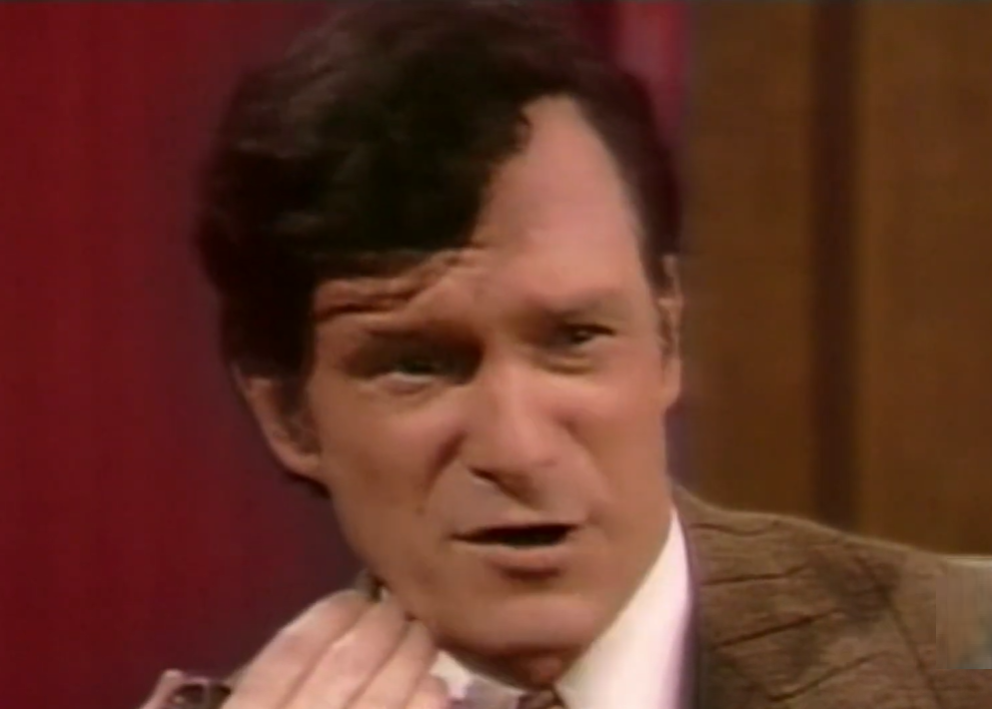 Documental 'Hugh Hefner, Playboy, activista y rebelde', Joseantrule
Documental 'Hugh Hefner, Playboy, activista y rebelde', Joseantrule
21. He Argued For Independence
Hefner appeared in court in late 1963 to defend his use of the photos. It was Hefner’s stance that it was not up to the court to classify the photos as obscenity or not. He argued that it was up to each person to decide what was acceptable and what was not. In the end, the jury could not come to a unilateral decision and the judge ruled the case a mistrial.
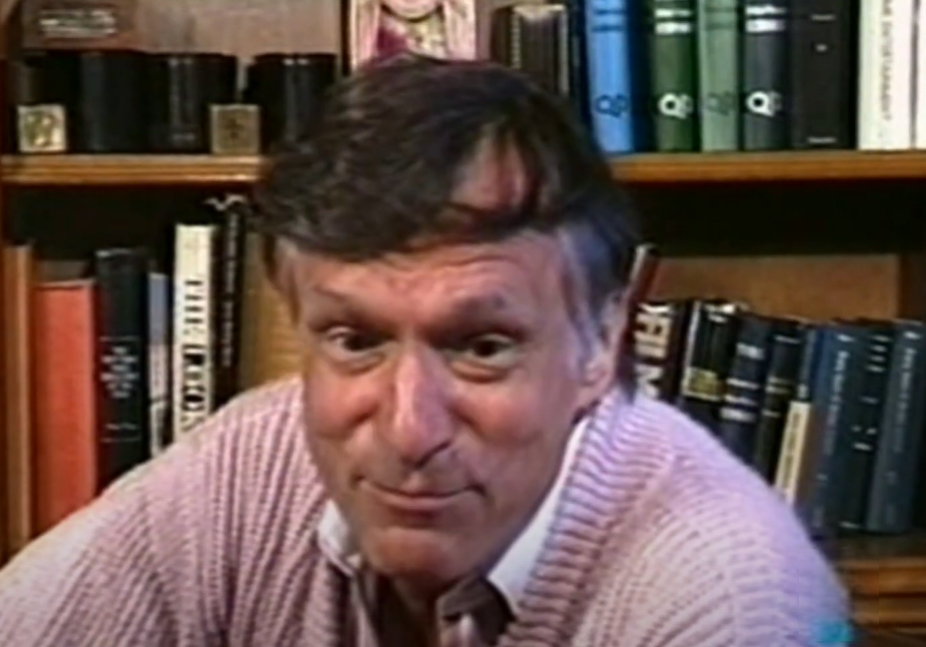 Documental 'Hugh Hefner, Playboy, activista y rebelde', Joseantrule
Documental 'Hugh Hefner, Playboy, activista y rebelde', Joseantrule
22. He Helped Others
While the world was arguing over the sanctity of the material that he decided to publish, Hefner was using his voice to support the cause of equality. In 1964, he established the Hugh M Hefner Foundation. The purpose of the foundation, according to Hefner, was to “facilitate individual rights in our democratic society”—an interesting view, when many would not call his magazine anything but equal.
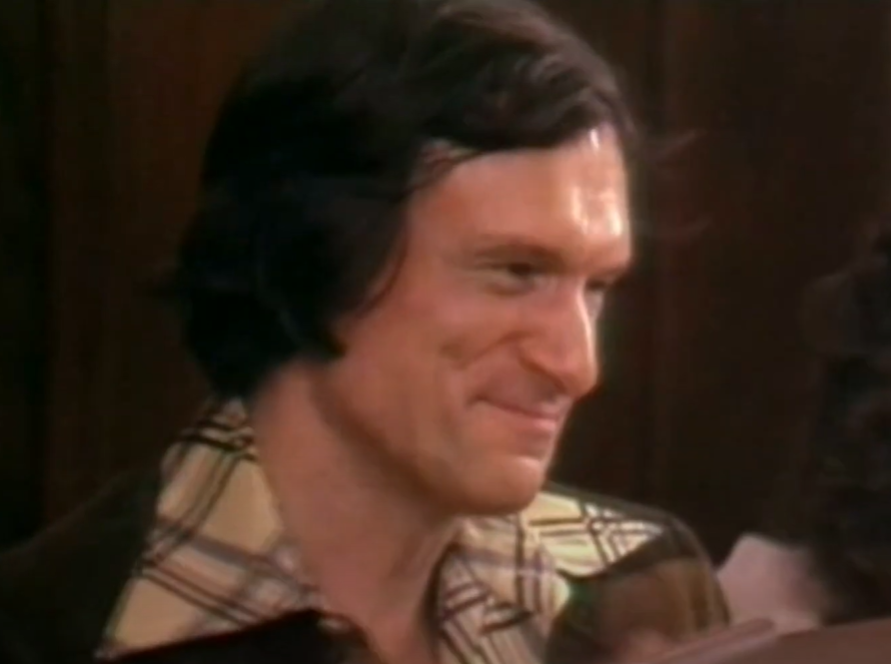 Documental 'Hugh Hefner, Playboy, activista y rebelde', Joseantrule
Documental 'Hugh Hefner, Playboy, activista y rebelde', Joseantrule
23. He Invested In Women
Few people believed that Hefner’s magazine empowered women. In fact, one could argue the publication's portrayal of women purely as objects of male desire pushed society backward, not forward.
However, when Marty Goddard began development the first ever rape kit—something that didn't exist until 1978—she went to Hefner first. She'd heard about his reputation for supporting women's empowerment, and it paid off: Hefner's foundation was the first to give her funding.
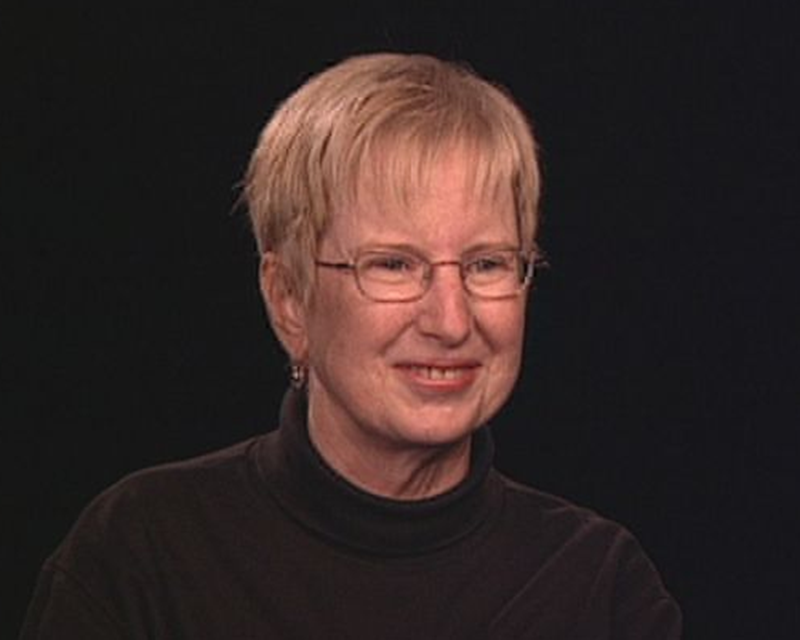 U.S. Department of Justice, Wikimedia Commons
U.S. Department of Justice, Wikimedia Commons
24. He Spoke For Diversity
Hefner also spent much of the 60s promoting diversity. His clubs often supported Black entertainers. Hefner also used his magazine to support African American voices. Alex Haley, a Black writer most famous for writing Roots: The Saga of An American Family, conducted the first interview for the publication.
Haley would go on to write for Hefner many more times throughout his career.
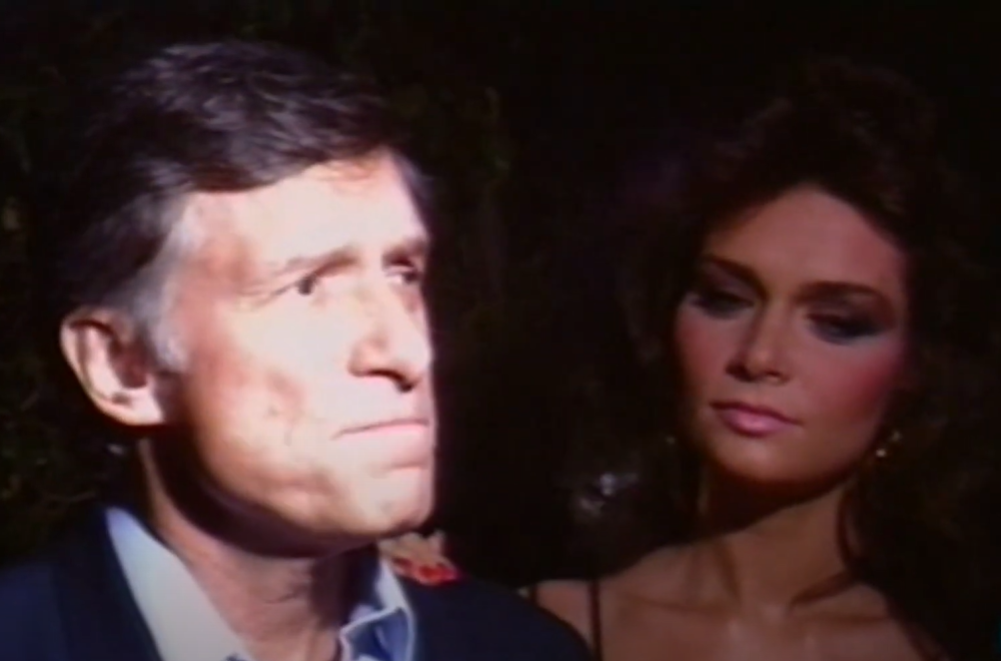 Documental 'Hugh Hefner, Playboy, activista y rebelde', Joseantrule
Documental 'Hugh Hefner, Playboy, activista y rebelde', Joseantrule
25. He Was Involved In Civil Rights
Given its reputation, it may surprise many people to know that Playboy, along with Haley, played a key role in the civil rights movement through their interviews. Haley interviewed both Malcolm X and Martin Luther King Jr for the magazine. King’s interview in the publication was the longest interview that he granted any publication.
But Haley and Hefner would soon get a lot more controversial.
26. He Stirred The Pot
Hefner enjoyed stirring the pot; many of his actions appear outlandish, sometimes merely for the sake of being outlandish. In 1966, Hefner sent Haley to interview George Rockwell. Rockwell was the founder of the American Nazi Party; Rockwell only agreed to the interview when Hefner confirmed that while Haley was Black, he was not Jewish.
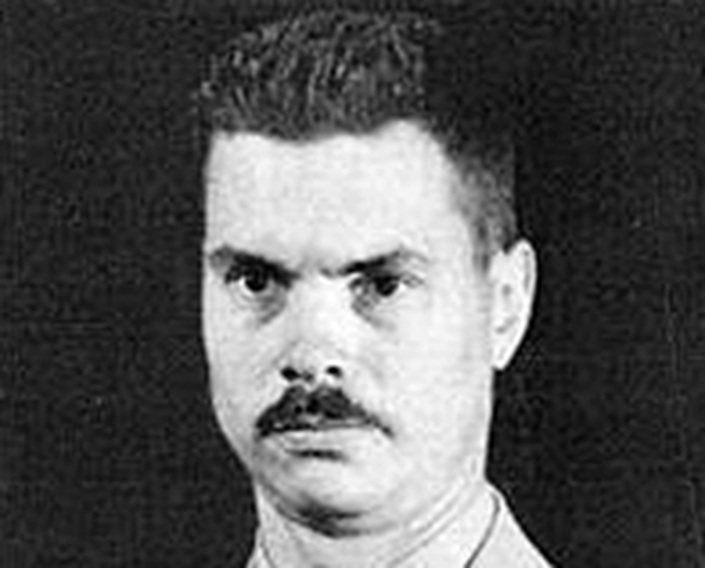 United States Navy, Wikimedia Commons
United States Navy, Wikimedia Commons
27. He Needed To Grow
Following his divorce from Williams, Hefner had established the first Playboy Mansion in Chicago. But in 1971, arguably at the height of his notoriety, Hefner felt that he had outgrown the space. He wanted something more. Reportedly under the encouragement of Playmate Barbi Benton Hefner purchased property in Los Angeles.
The palatial estate became known, for a time, as Playboy Mansion West. It only lost the specifier after the darkest moment in Playboy's history—but for a time, Hefner was living large in the Windy City and Tinsel Town.
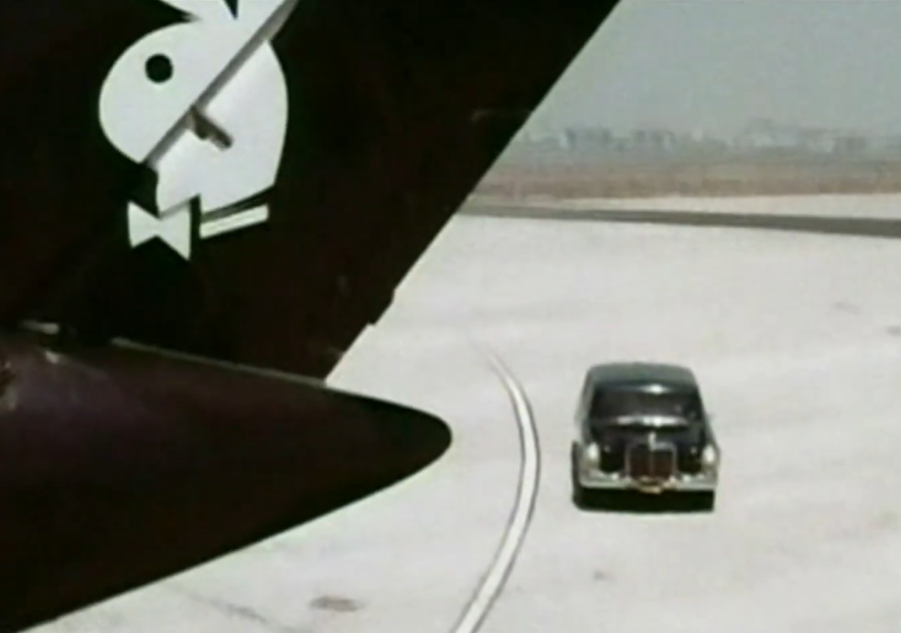 Documental 'Hugh Hefner, Playboy, activista y rebelde', Joseantrule
Documental 'Hugh Hefner, Playboy, activista y rebelde', Joseantrule
28. He Split His Time
During the next few years, Hefner would balance his time between the two mansions. However, as the 70s wore on, Hefner began spending more and more time at the Los Angeles location. Some of this may have been due to a desire to spend more time in sunny LA and less time in windy Chicago.
 Documental 'Hugh Hefner, Playboy, activista y rebelde', Joseantrule
Documental 'Hugh Hefner, Playboy, activista y rebelde', Joseantrule
29. He Wouldn’t Change His Ways
While Hefner ran from the allegations that were swirling around him in Chicago, it didn’t stop him from picking up where he left off once he permanently settled in LA. His home there (which quickly became known as the one and only Playboy Mansion) became the center for Hefner’s women and parties.
From here, it wasn’t until the mid-80s that anything would be able to slow Hefner down.
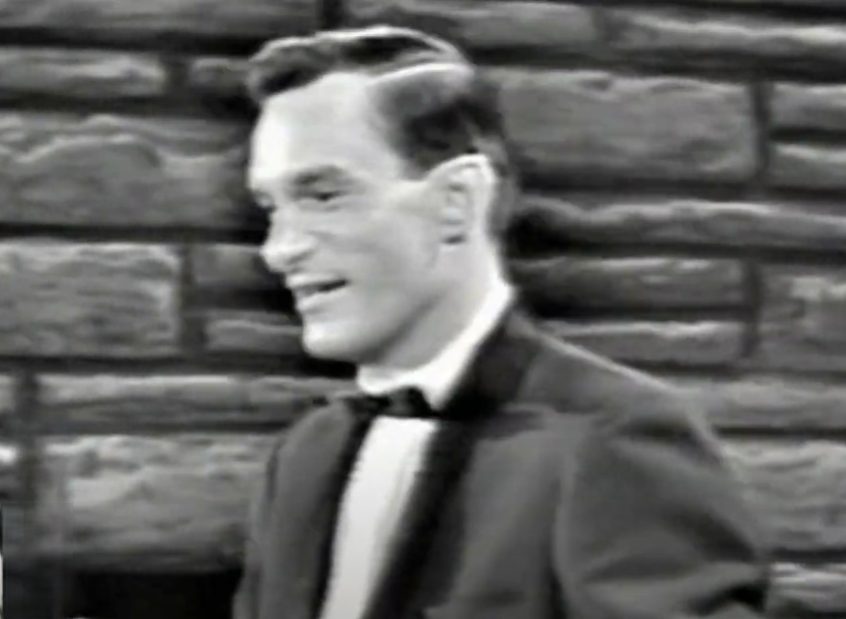 Documental 'Hugh Hefner, Playboy, activista y rebelde', Joseantrule
Documental 'Hugh Hefner, Playboy, activista y rebelde', Joseantrule
30. He Feared The End
By 1985, Hugh Hefner was 58 years old, and he had been living his wild lifestyle for thirty years. It was inevitable that it would catch up with him. In March of that year, he suffered a minor stroke for the first time. This health scare finally forced him to reconsider the lifestyle that he was living, and he began making huge changes in his life.
 Documental 'Hugh Hefner, Playboy, activista y rebelde', Joseantrule
Documental 'Hugh Hefner, Playboy, activista y rebelde', Joseantrule
31. He Made Changes Anyway
Hefner relinquished control of the commercial operations of the company in 1988, handing the reins over to his daughter, Christie. He also toned down his night-long parties and finally considered settling down once more. Although Hefner had partners throughout the 60s and 70s, he had never considered marriage again—not until 1989.
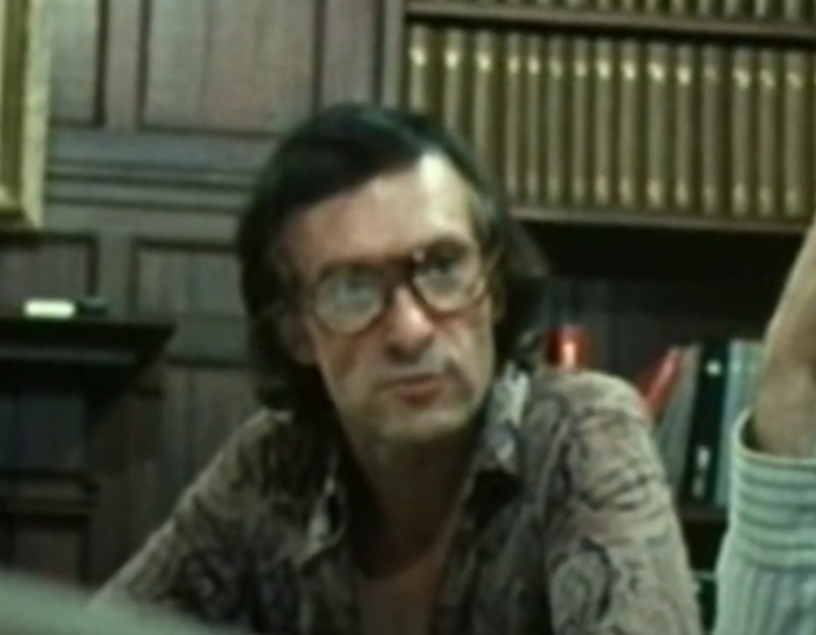 Documental 'Hugh Hefner, Playboy, activista y rebelde', Joseantrule
Documental 'Hugh Hefner, Playboy, activista y rebelde', Joseantrule
32. He Made A Scandalous Match
In 1989 Hefner married Kimberly Conrad. Conrad was the Playmate of the Year that year. She was also 27. Hefner, at the time of the marriage, was 63. Despite this 30-plus-year age difference, this marriage to Conrad started a new era for Hefner and the mansion.
Doonesbury, a comic popular at the time, called the marriage the “belated end of the 1970s”. In some ways, it really was.
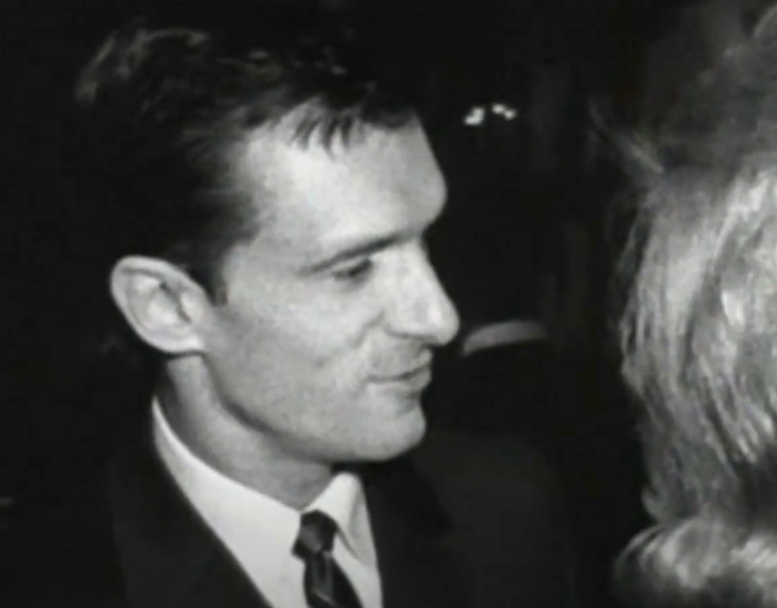 Documental 'Hugh Hefner, Playboy, activista y rebelde', Joseantrule
Documental 'Hugh Hefner, Playboy, activista y rebelde', Joseantrule
33. He Started A New Family
During the course of their marriage, Hefner and Conrad had two children, Marston Glen (born in 1990) and Cooper (born in 1991). With a new marriage and two young sons, the rumor was that the mansion found itself under transformation. Gone were the wild parties, and instead there was a more family-friendly atmosphere.
It surprised no one when it couldn’t last.
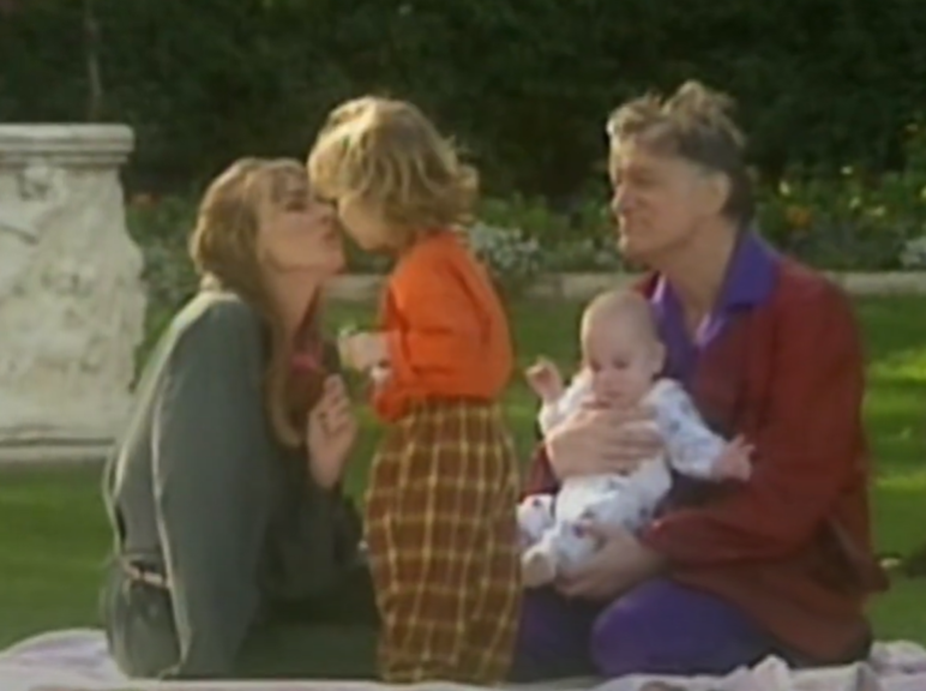 Documental 'Hugh Hefner, Playboy, activista y rebelde', Joseantrule
Documental 'Hugh Hefner, Playboy, activista y rebelde', Joseantrule
34. He Stayed For The Kids
Hefner’s marriage to Conrad ended in 1998. However, they did not divorce. Instead, the couple separated and Conrad moved into a mansion Hefner had bought next door (reportedly identical to the big mansion, only smaller) along with the couple’s two sons.
Hefner wanted a divorce then and there. However, Conrad felt they should stay together for the children. So, Hefner agreed—barely.
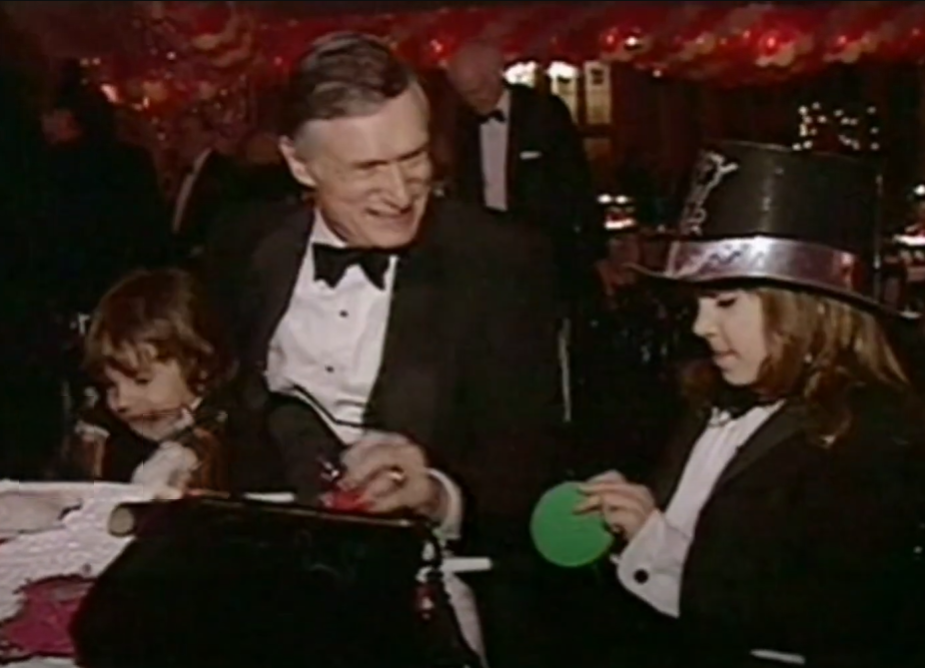 Documental 'Hugh Hefner, Playboy, activista y rebelde', Joseantrule
Documental 'Hugh Hefner, Playboy, activista y rebelde', Joseantrule
35. He Left As Soon As He Could
Hefner filed for divorce from Conrad in 2009. Cooper, their youngest son, had just turned 18 not long before Hefner served the paper. This was also the same year that Hefner started a relationship with Crystal Harris. Though, of course, she was only one of many. By this point, Hefner was famous for having as many as seven girlfriends at a time.
In 2009, Harris was simply lucky enough to become his latest number-one.
 Toglenn, CC BY-SA 3.0, Wikimedia Commons
Toglenn, CC BY-SA 3.0, Wikimedia Commons
36. He Liked Them Young
However, unlike many of Hef’s number ones over the years, Harris managed to stick it out, and the couple became engaged in December 2010. Harris was 60 years Hefner’s junior, only five years older than Hefner’s youngest child, and 34 years younger than his eldest child.
This age gap, as well as allegations that would later arise, may have been why Harris attempted to break the engagement.
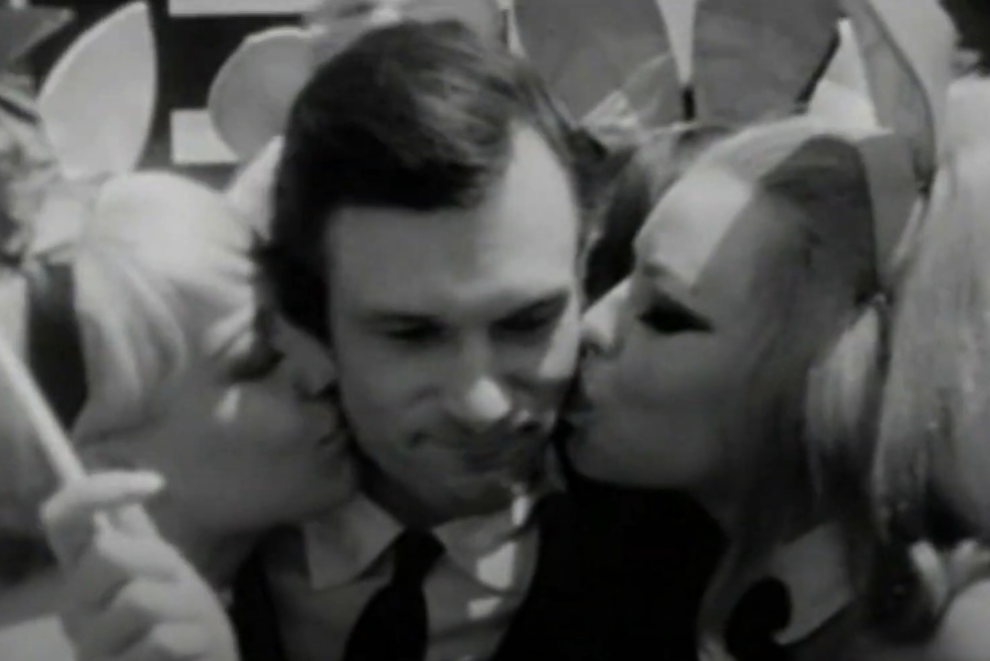 Documental 'Hugh Hefner, Playboy, activista y rebelde', Joseantrule
Documental 'Hugh Hefner, Playboy, activista y rebelde', Joseantrule
37. His Plans Took A Turn
Harris and Hefner planned to tie the knot on June 18, 2011. On June 14, Harris broke off the engagement. Only a few days following the date they were supposed to marry, Harris appeared on the cover of the July issue of Playboy with the following headline: “Introducing America's Princess, Mrs Crystal Hefner”.
Perhaps it was a bargain that Harris couldn’t find her way out of.
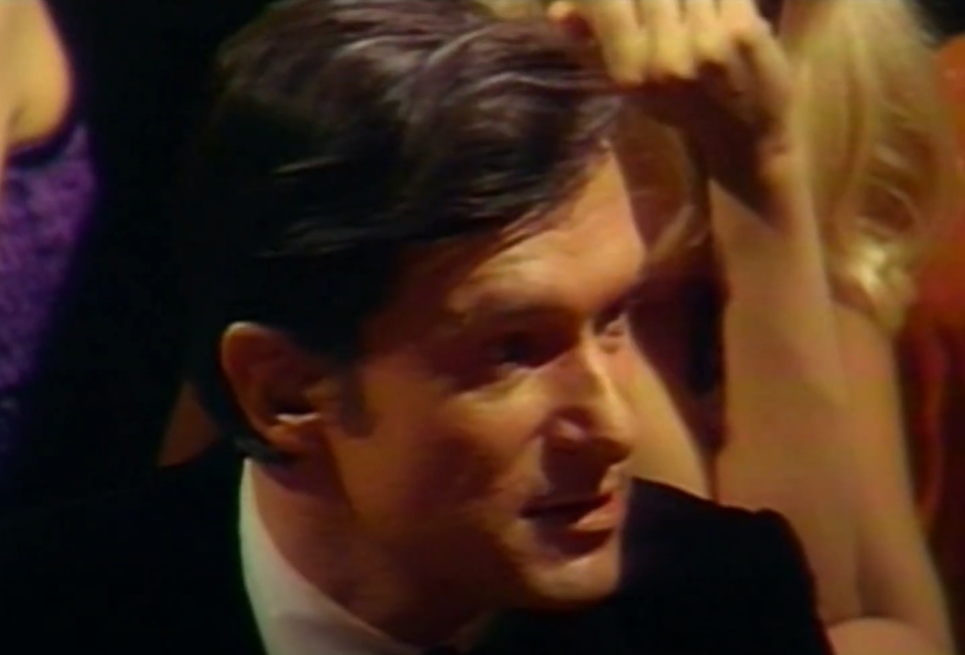 Documental 'Hugh Hefner, Playboy, activista y rebelde', Joseantrule
Documental 'Hugh Hefner, Playboy, activista y rebelde', Joseantrule
38. He Got His Own Way
No one knows what happens behind closed doors. However, publicly, the story goes that Harris and Hefner managed to resolve their differences. They entered another engagement, and this time Harris officially became the third Mrs Hefner on December 31, 2012.
Whatever the truth of their relationship was, Harris would get the last laugh in the end.
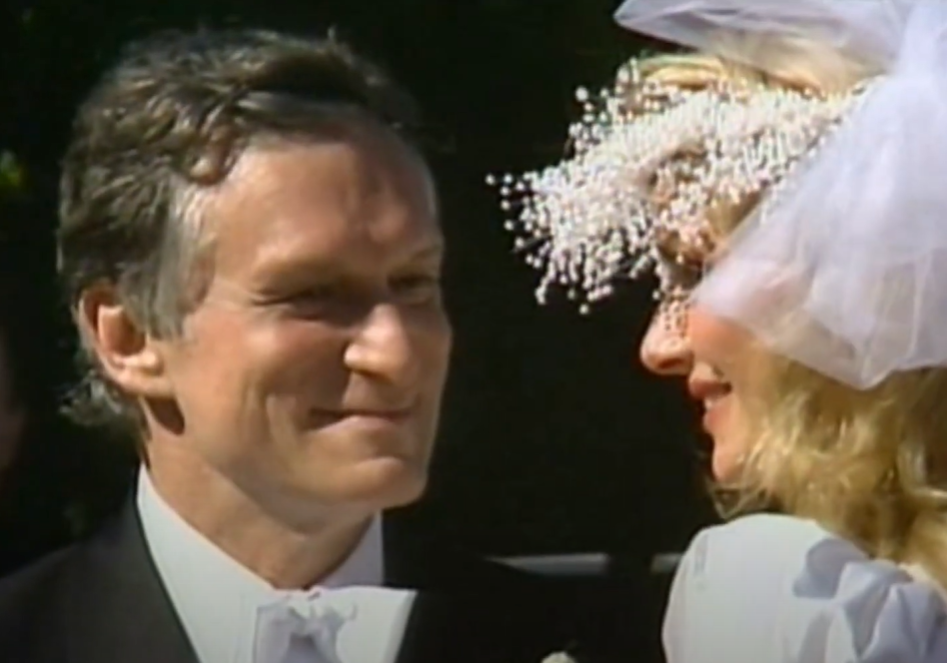 Documental 'Hugh Hefner, Playboy, activista y rebelde', Joseantrule
Documental 'Hugh Hefner, Playboy, activista y rebelde', Joseantrule
39. His Star Dwindled
Hefner’s fame continued to dwindle as time went on. Although he made a few appearances throughout the 90s and early 2000s (always playing himself), people were beginning to lose interest in him. This may be why he was forced to sell his iconic mansion in January 2016.
But while the corporation put it on the market, there was a stipulation for anyone who purchased it.
40. He Put His House On Sale
The corporation put the mansion on the market for the asking price of $200 million. It also came with the stipulation that Hefner couldn’t be removed. Whoever bought the mansion would have to rent to Hefner for the rest of his life.
A few months later, Daren Metropoulos, a business mogul who had already bought the smaller mansion in 2009, bought it for half of the asking price, $100 million. But he would not have to deal with Hefner for long.
41. His Last Request Was Strange
Hefner lived in the mansion for another year before passing in September 2017 at the age of 91 due to an E coli infection that had turned into sepsis. Although he had never met her, they buried Hefner in the crypt next to Marilyn Monroe, which he’d bought in 1992. However, the real question is: what was the legacy that he left behind?
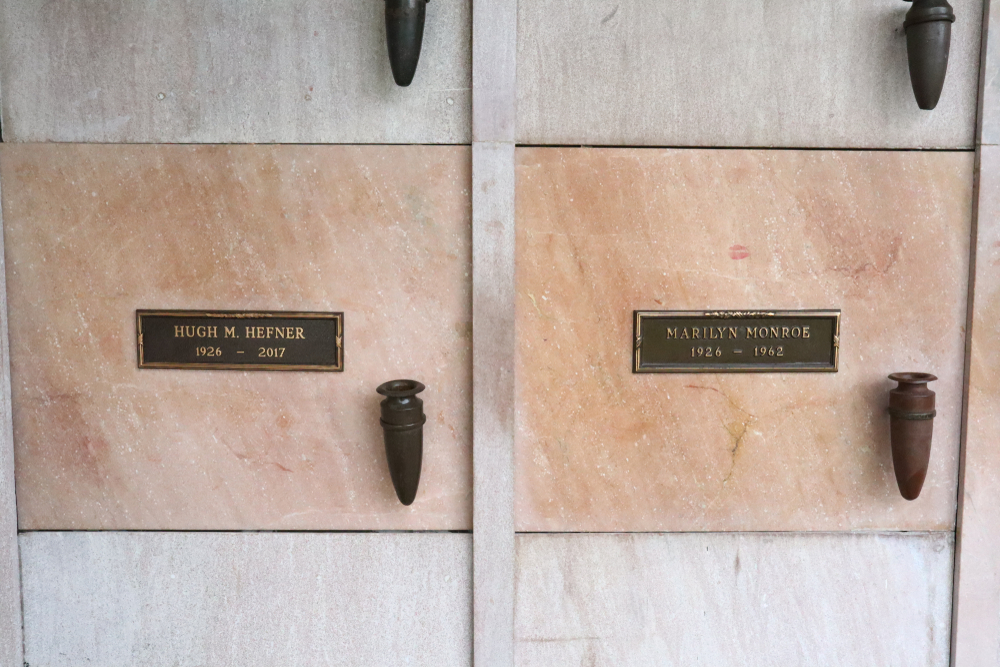 Walter Cicchetti, Shutterstock
Walter Cicchetti, Shutterstock
42. He Changed The World
Although Hefner had been very vocal about supposed equal rights, many began to question the legacy of what he’d created, and it only continued following his passing. He’s been credited by some writers as “probably [having done] more to mainstream the exploitation of women's bodies than any other figure in American history," and that's not a compliment.
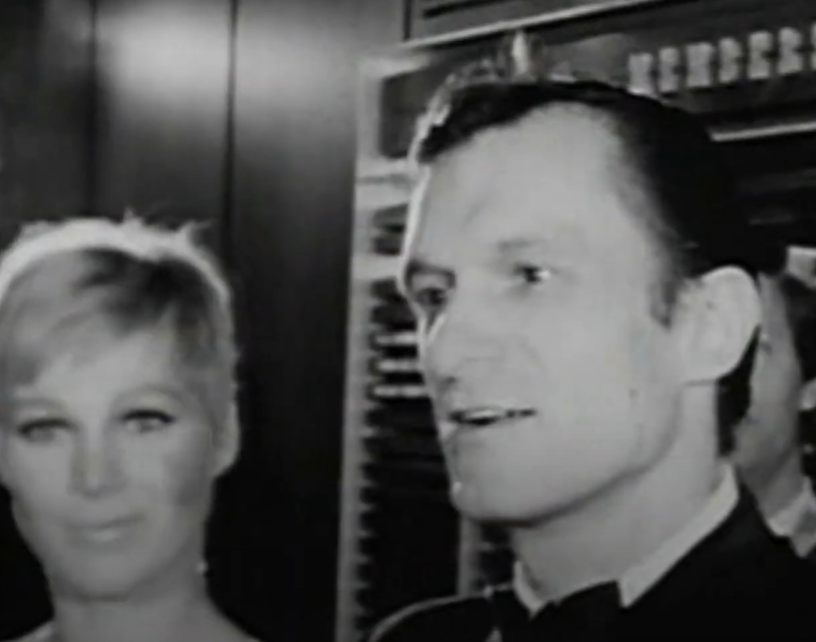 Documental 'Hugh Hefner, Playboy, activista y rebelde', Joseantrule
Documental 'Hugh Hefner, Playboy, activista y rebelde', Joseantrule
43. He Was Accused
Since the controversy of the 70s, there have been questions about what truly went on behind the doors of the Hefner's mansions. In January 2022, many of Hefner’s former employees came together to reveal the darker truths in a 12-part documentary, Secrets of Playboy.
The series accuses Hefner and his empire of fostering a manipulative environment that promoted substances and a dangerous culture of promiscuity.
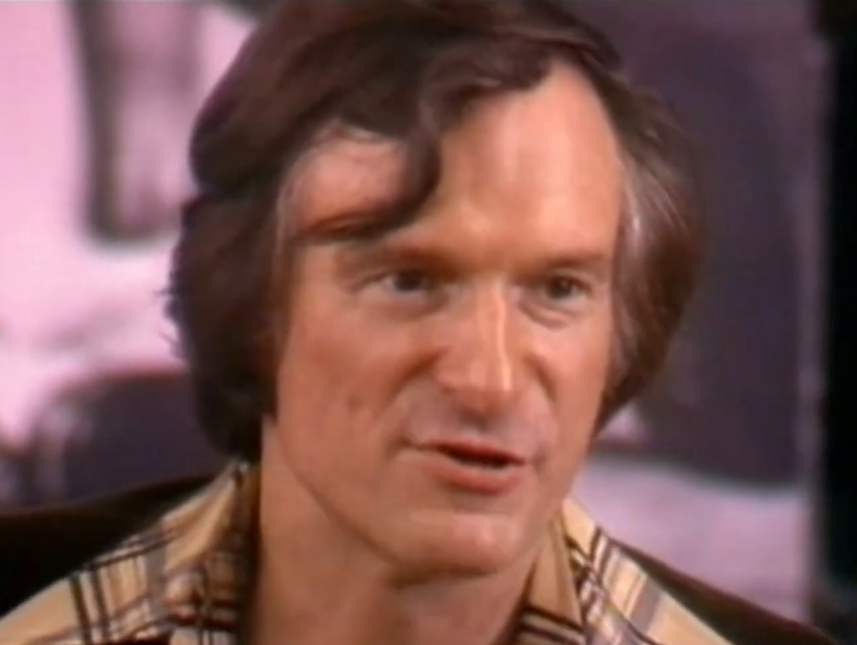 Documental 'Hugh Hefner, Playboy, activista y rebelde', Joseantrule
Documental 'Hugh Hefner, Playboy, activista y rebelde', Joseantrule
44. His Widow Spoke Out
Harris, who is now Hefner’s widow, has historically skimmed over any criticism of her late husband. However, in 2024, she released a memoir that confirmed the stories that the earlier documentary had told. She claimed to be “imprisoned” in the mansion.
She also stated in an interview that “Hef was on the extreme side of narcissism”, which resulted in her needing to “play mind games to survive”. So, in the end, who was Hugh Hefner, really?
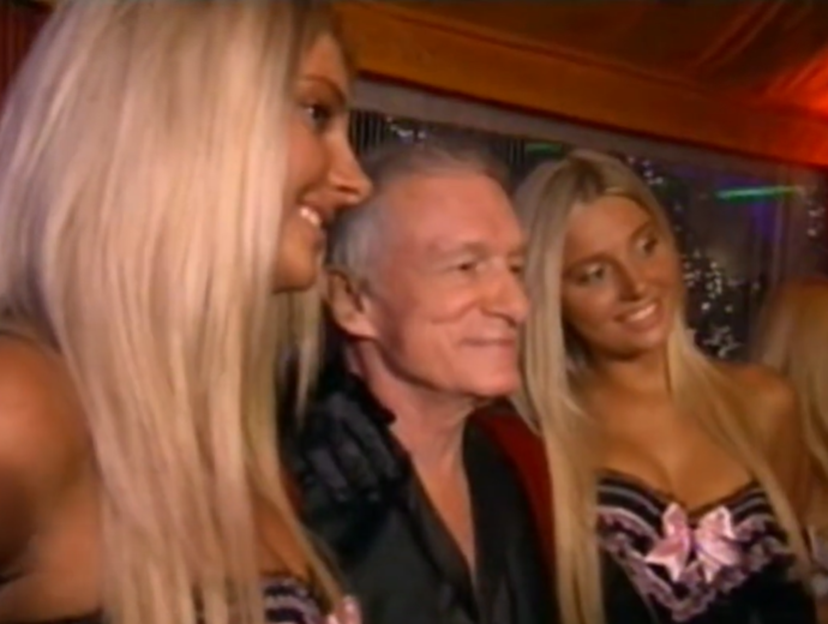 Documental 'Hugh Hefner, Playboy, activista y rebelde', Joseantrule
Documental 'Hugh Hefner, Playboy, activista y rebelde', Joseantrule
45. His Legacy Is Complicated
In the years since these allegations have come out, the globally owned PLBY group has attempted to distance themselves from Hefner and the allegations. However, there is no denying two truths: Playboy is an irrevocable part of our society, and they will never fully be able to remove themselves from the dark implications of Hefner’s possible secrets.
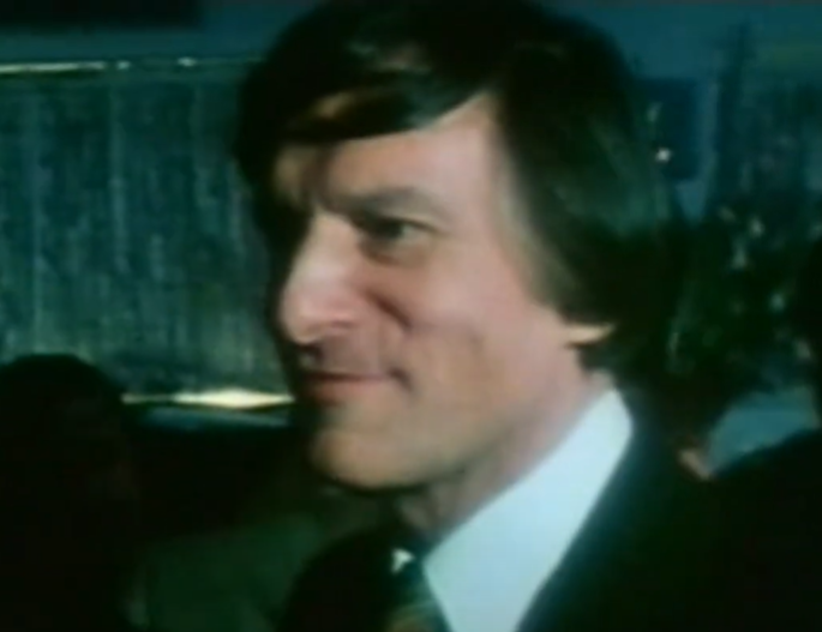 Documental 'Hugh Hefner, Playboy, activista y rebelde', Joseantrule
Documental 'Hugh Hefner, Playboy, activista y rebelde', Joseantrule
46. He Experimented
As with the west location, Hefner frequently filled his Chicago mansion with a rotation of women—and the occasional man; Hefner admitted to experimenting with bisexuality during this time—as seemed to fit his whims. Among these women in the 70s was Adrienne Pollack.
Pollack’s short time as a Bunny would end in tragedy—and kick off years of endless drama for Hefner.
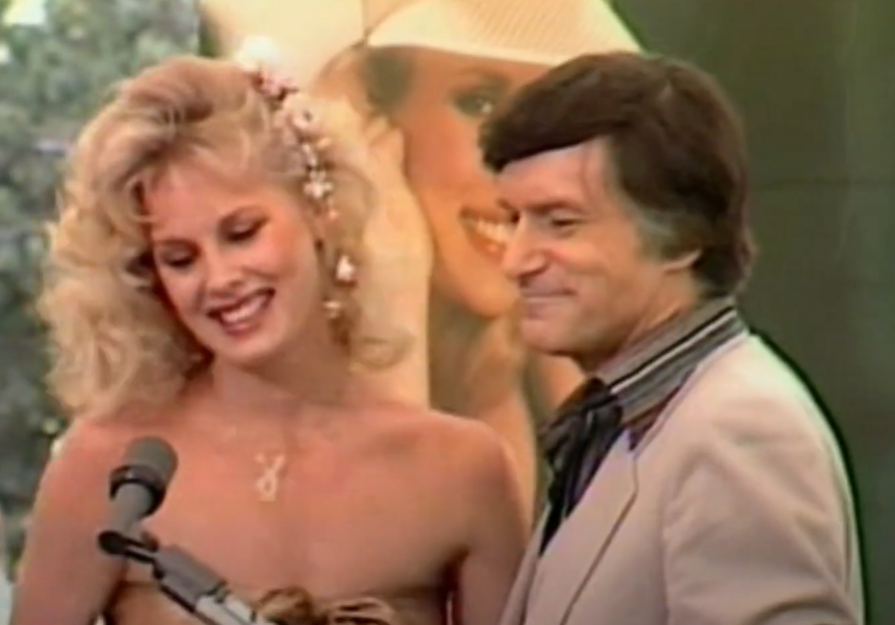 Documental 'Hugh Hefner, Playboy, activista y rebelde', Joseantrule
Documental 'Hugh Hefner, Playboy, activista y rebelde', Joseantrule
47. He Came Under Scrutiny
In recent years, there has been a lot of talk about the culture of substances that prevailed within Hefner’s mansions. While Hefner always tried to deny it during his life, it was undeniable that Pollack involved herself in something.
Though the truth may never come out, many believe Pollack was trafficking substances for Hefner's corporation. When she suffered a fatal overdose just a few days after her 23rd birthday, Hefner and his empire found themselves under even more scrutiny.
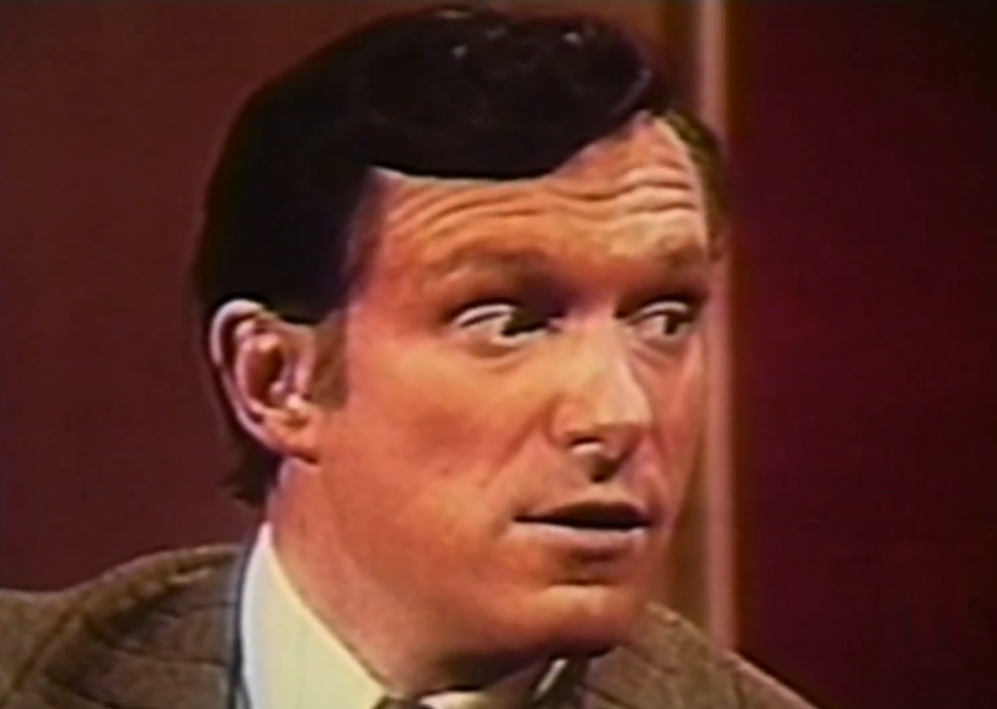 Documental 'Hugh Hefner, Playboy, activista y rebelde', Joseantrule
Documental 'Hugh Hefner, Playboy, activista y rebelde', Joseantrule
48. His Secretary Took The Fall
Following the passing of Adrienne Pollack, attention turned to another woman in Hefner’s circle: Bobbie Arnstein, Hefner’s social secretary. Given her role, she was privy to all of Hefner’s secrets. Which was likely why the authorities targeted her.
In 1974, the authorities took her into custody with a “small amount” of substance on her. Things for Hefner were about to get even worse.
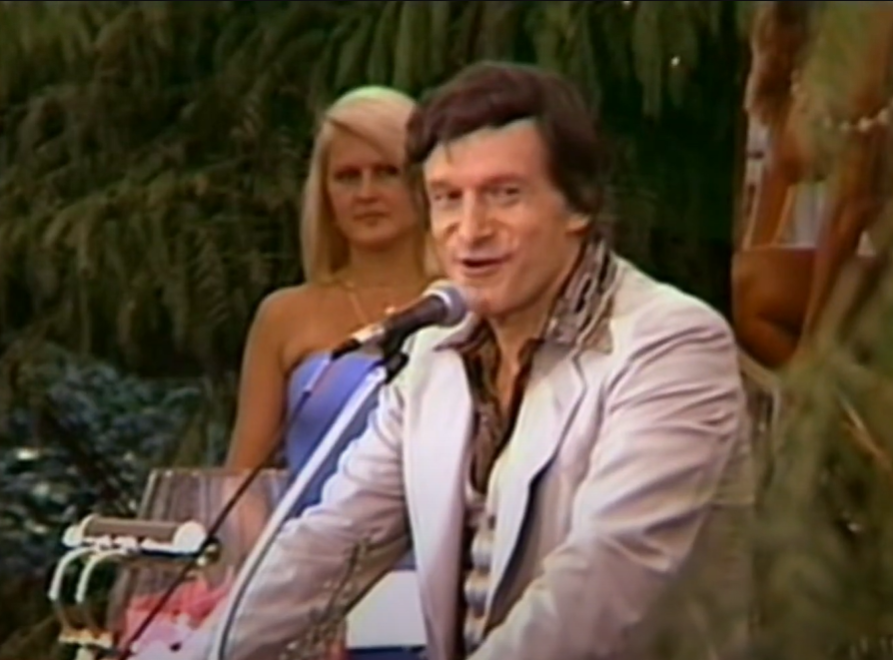 Documental 'Hugh Hefner, Playboy, activista y rebelde', Joseantrule
Documental 'Hugh Hefner, Playboy, activista y rebelde', Joseantrule
49. He Fostered Loyalty
Arnstein’s trial lasted several months. She faced trial along with two other people associated with Playboy. In the end, the authorities sentenced her to 15 years—something Arnstein was not prepared to do.
The government likely was trying to pressure her to flip on Hefner; though she reportedly wouldn’t do that either. In the end, she took her own life in January 1975. Hefner would never live in Chicago again.
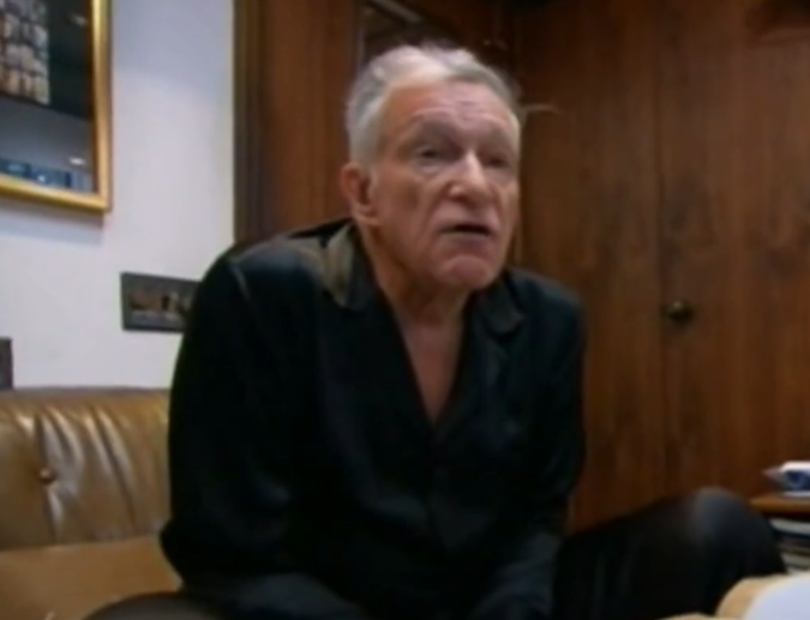 Documental 'Hugh Hefner, Playboy, activista y rebelde', Joseantrule
Documental 'Hugh Hefner, Playboy, activista y rebelde', Joseantrule
50. He Ran From Scandal
Hefner served as a pallbearer at Arnstein’s funeral. He still felt some loyalty to his former assistant. However, her passing and the rumors of scandal that came with it were too much for Hefner. Chicago remained the business location for Hefner’s business until 2012. However, Hefner moved to his LA home in 1975 and never looked back.
You May Also Like:
The Way George Foreman Turned It Around Is Unbelievable
Alan Rickman Was Hollywood’s Favorite Villain
Farrah Fawcett Was The Tragic ‘70s Dream Girl
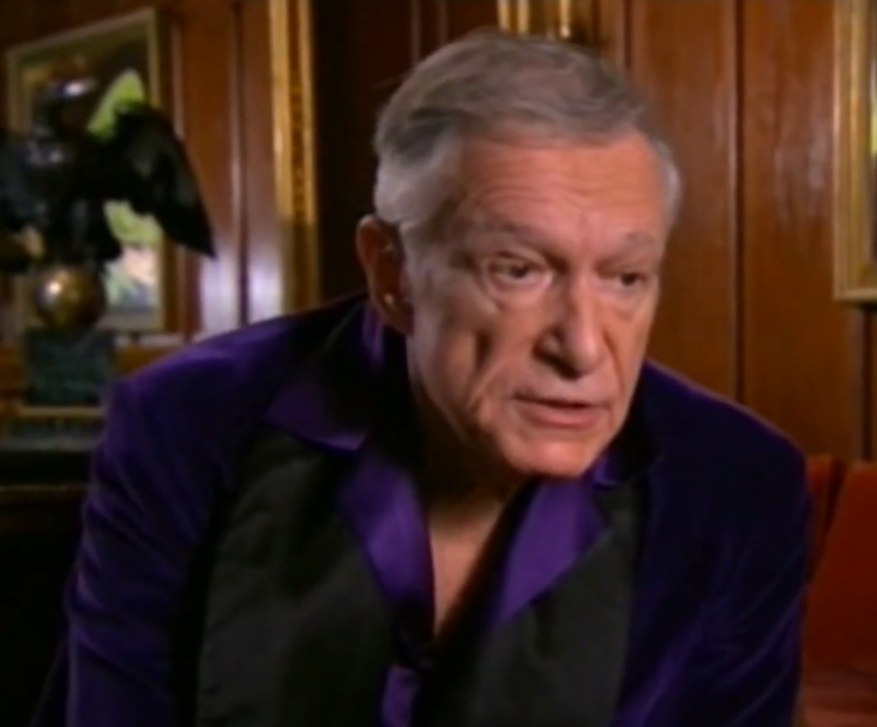 Documental 'Hugh Hefner, Playboy, activista y rebelde', Joseantrule
Documental 'Hugh Hefner, Playboy, activista y rebelde', Joseantrule



